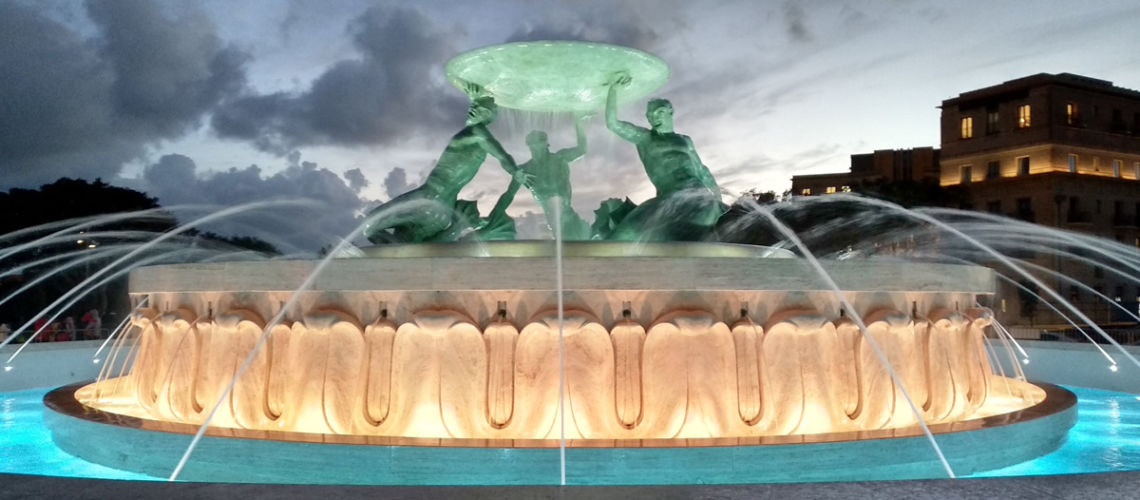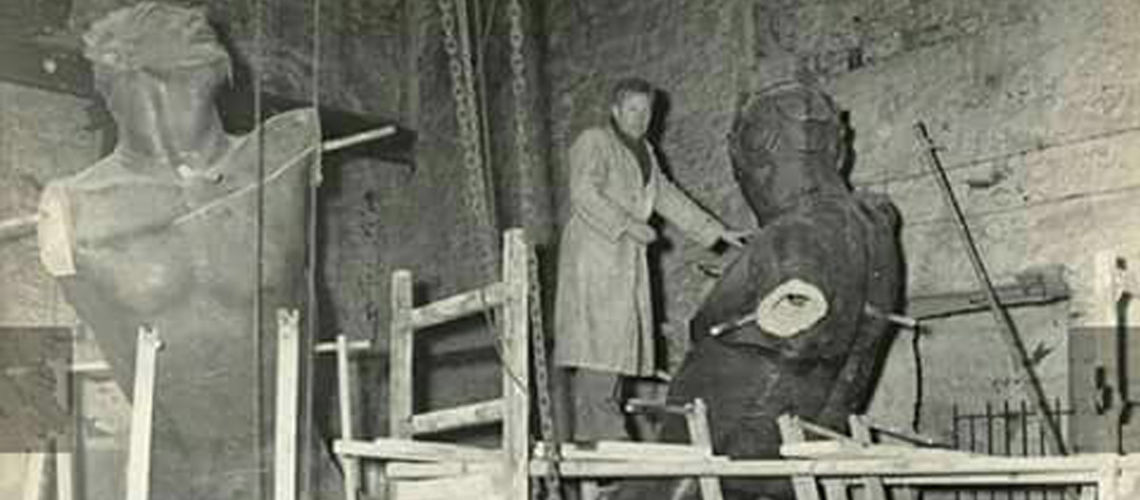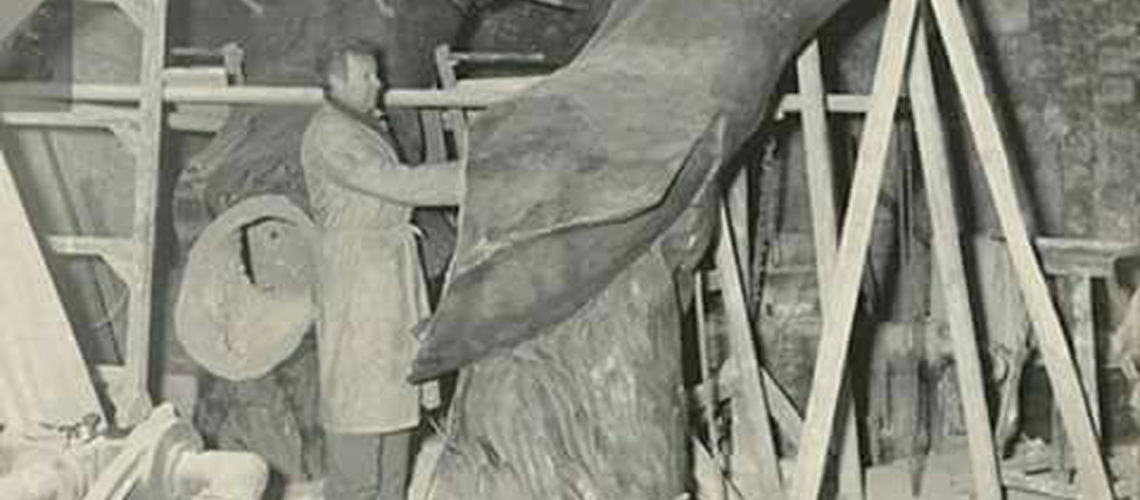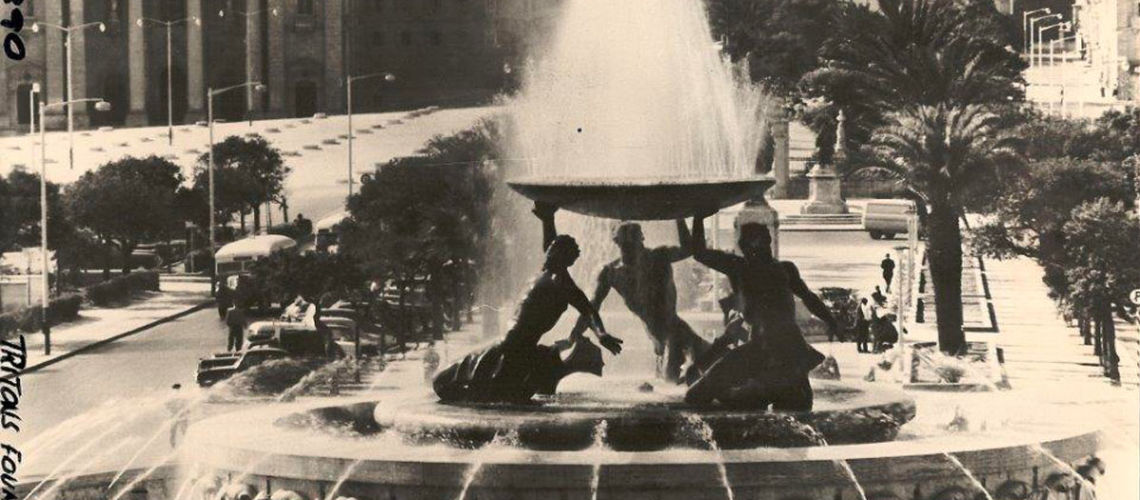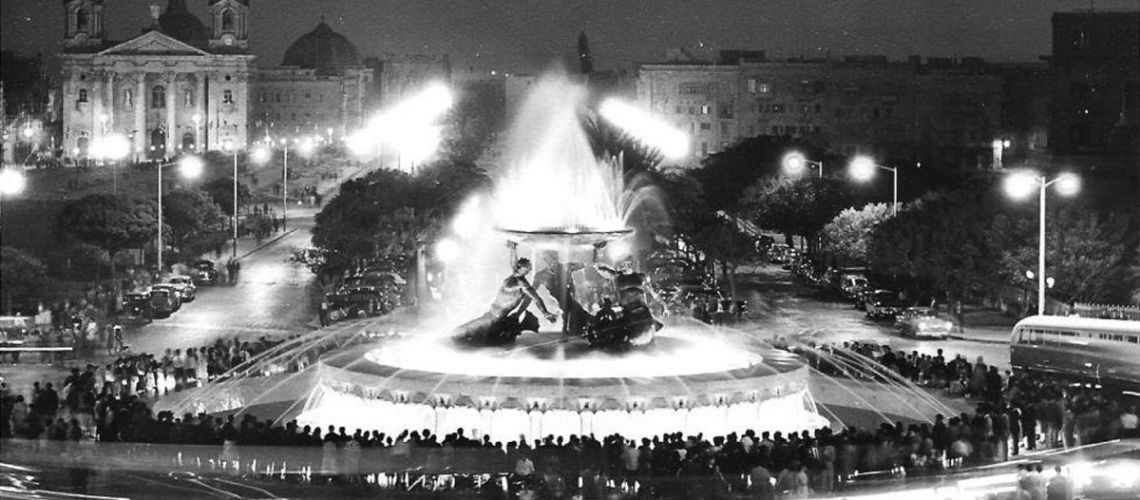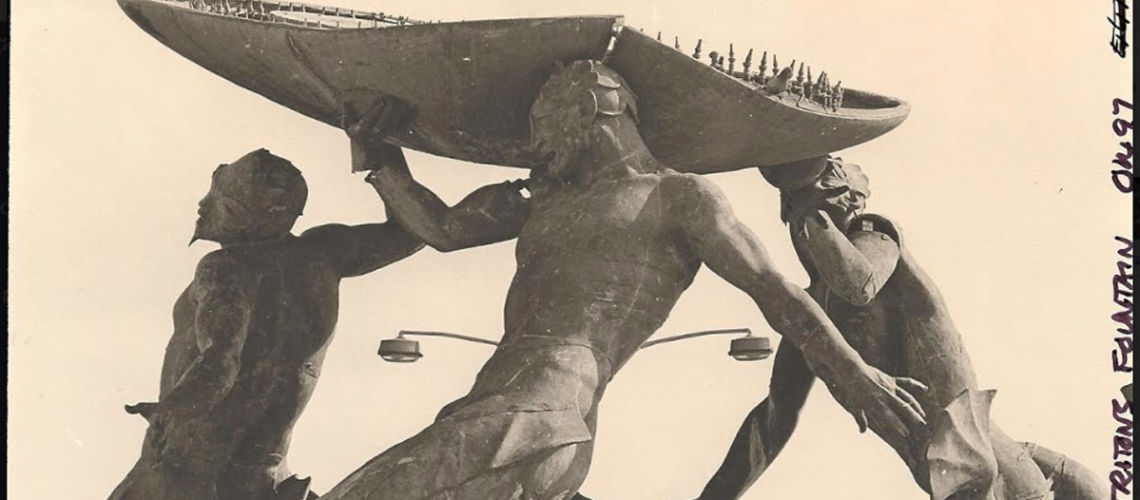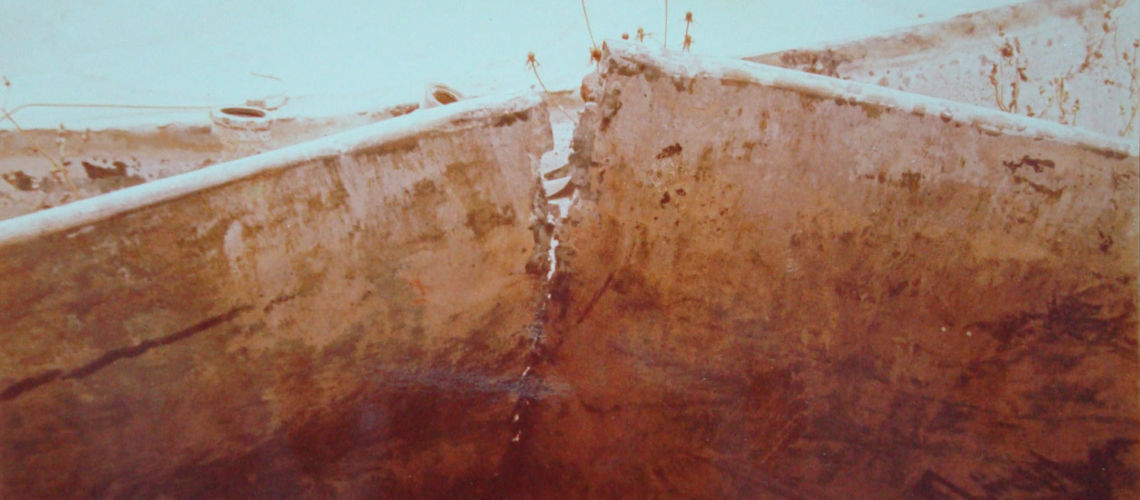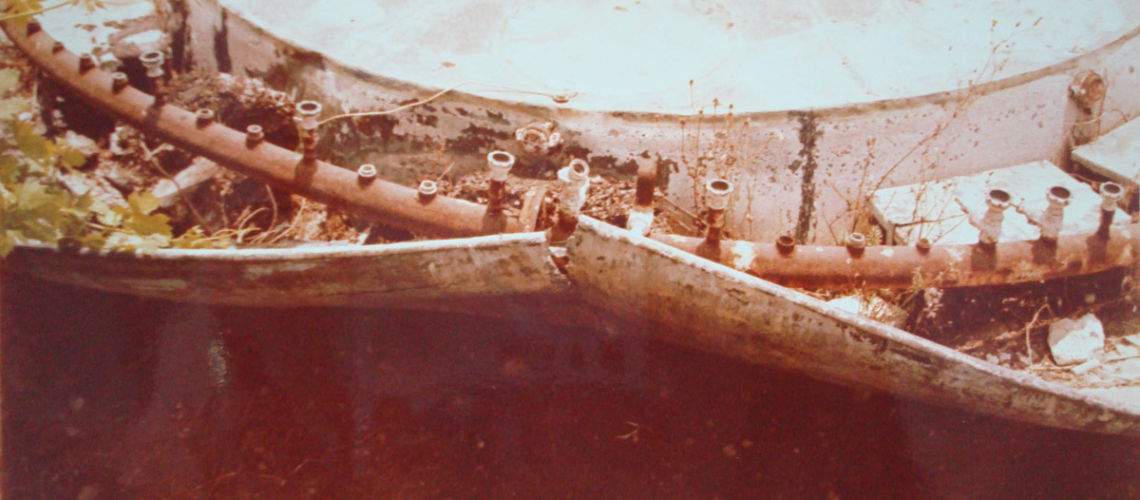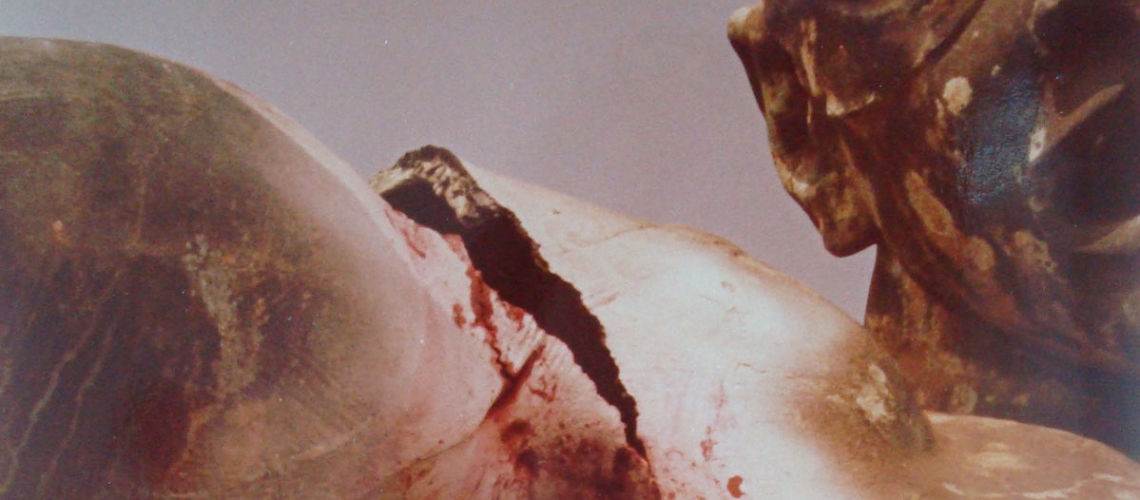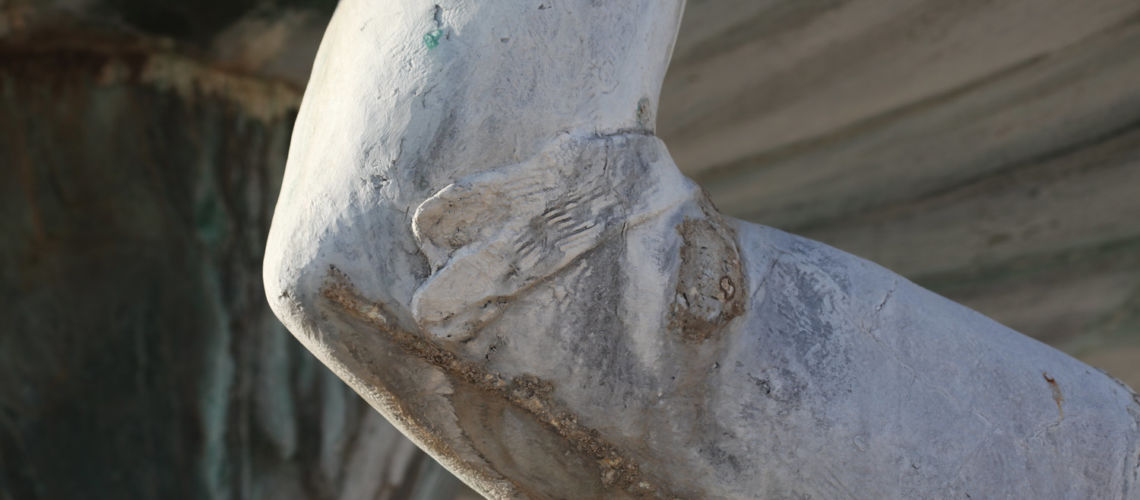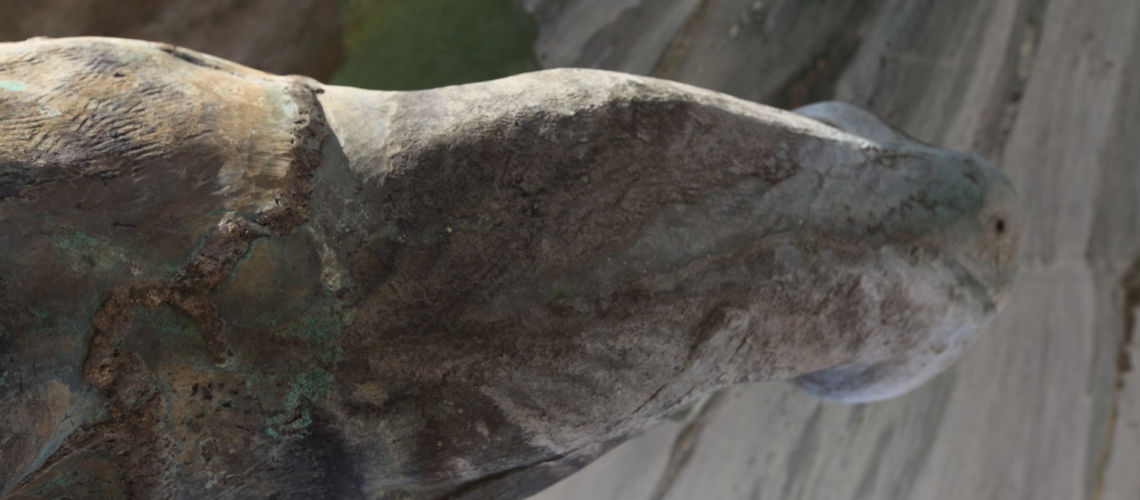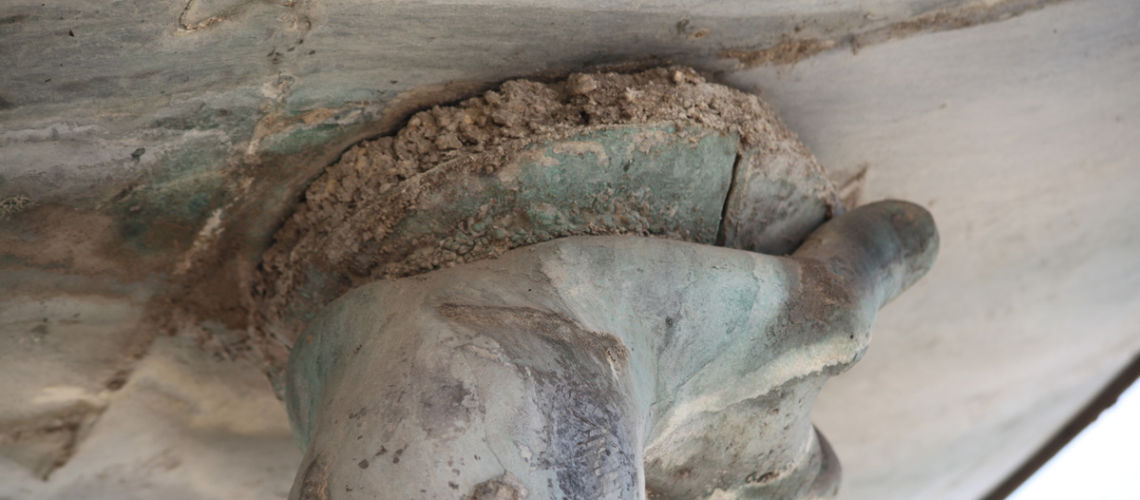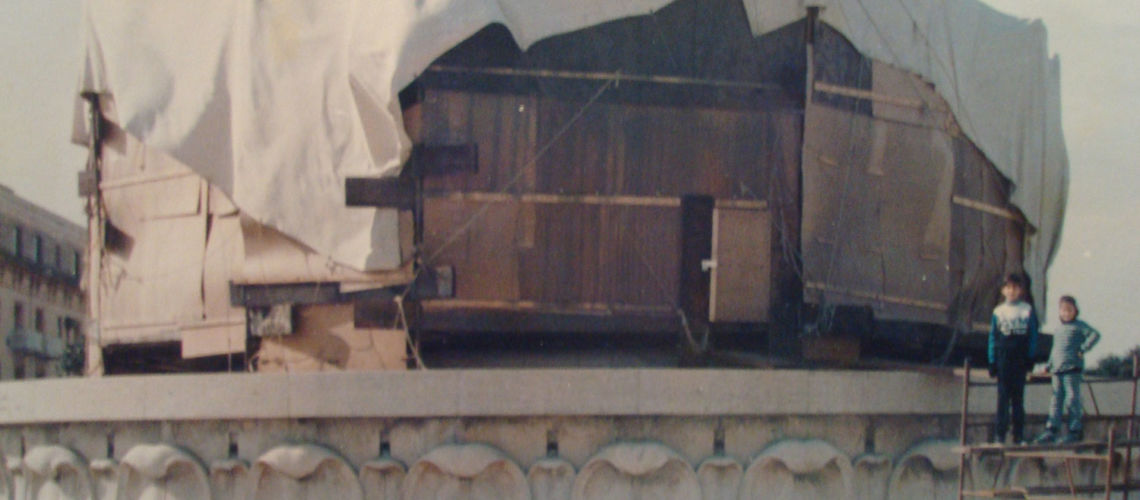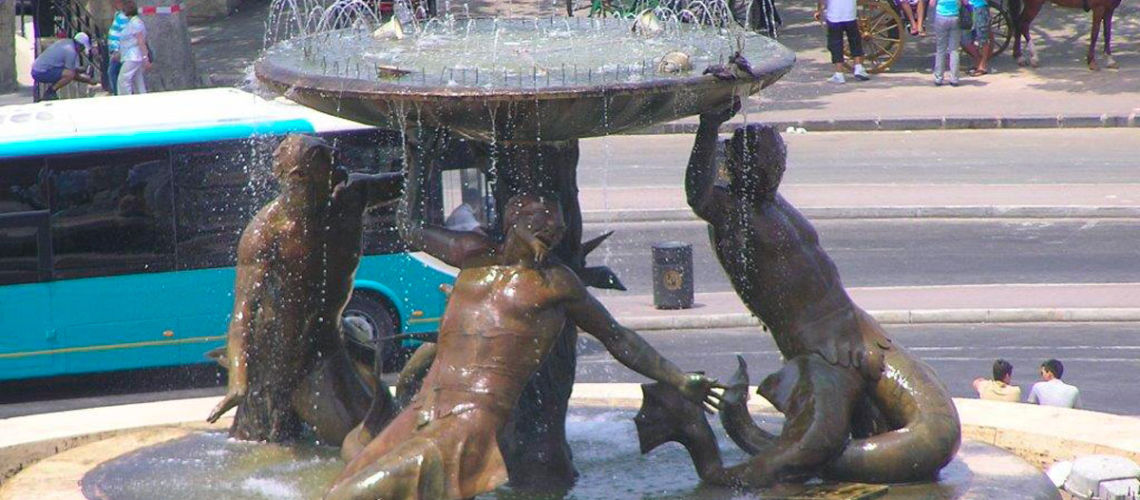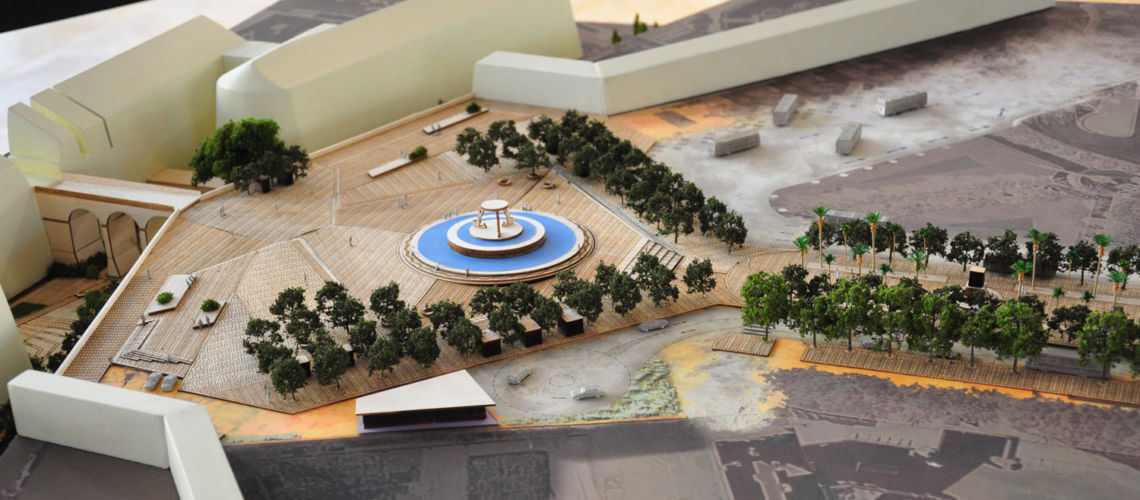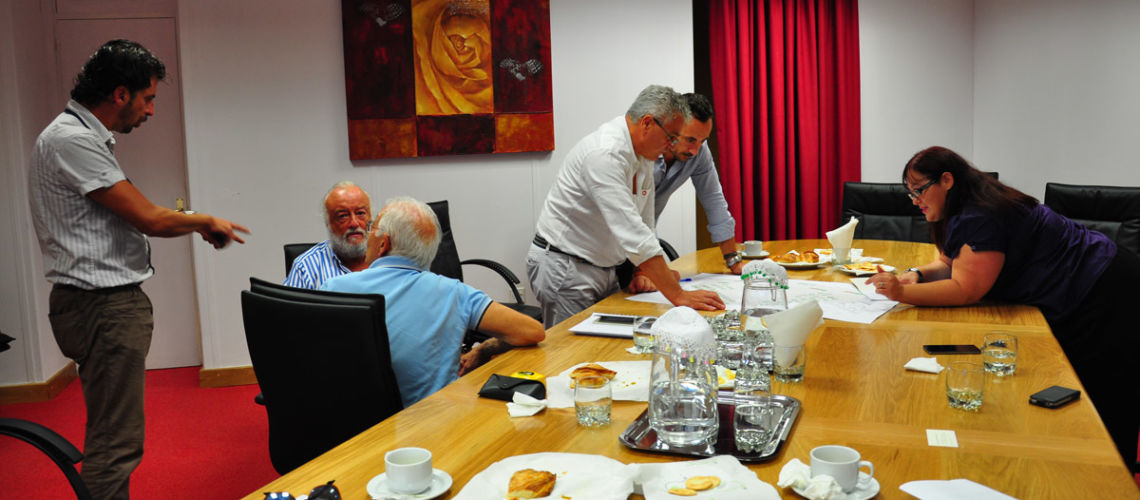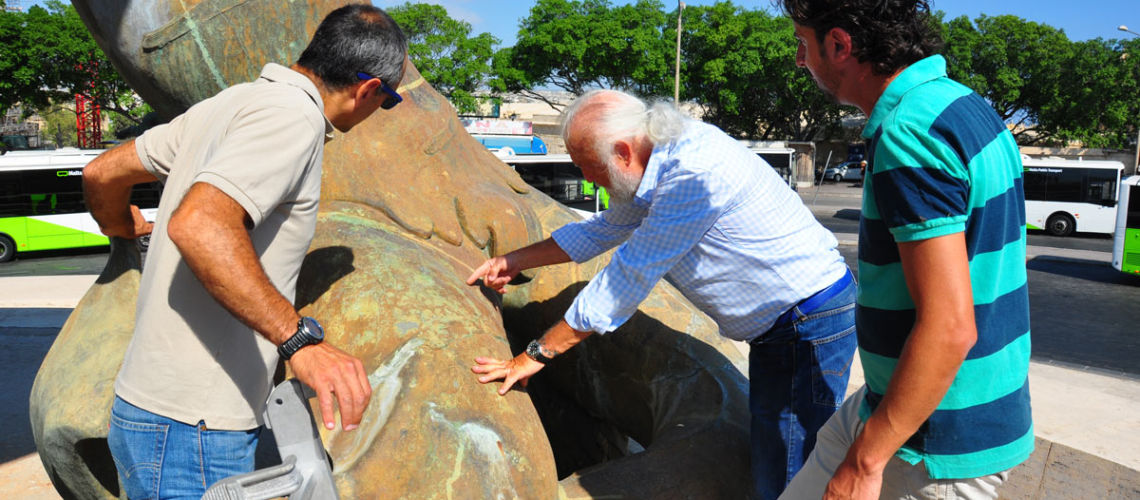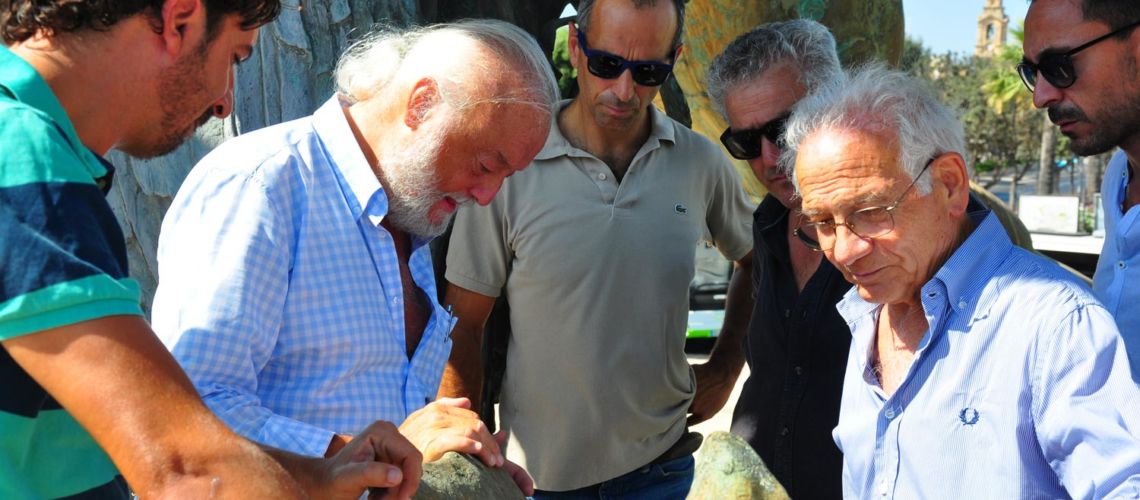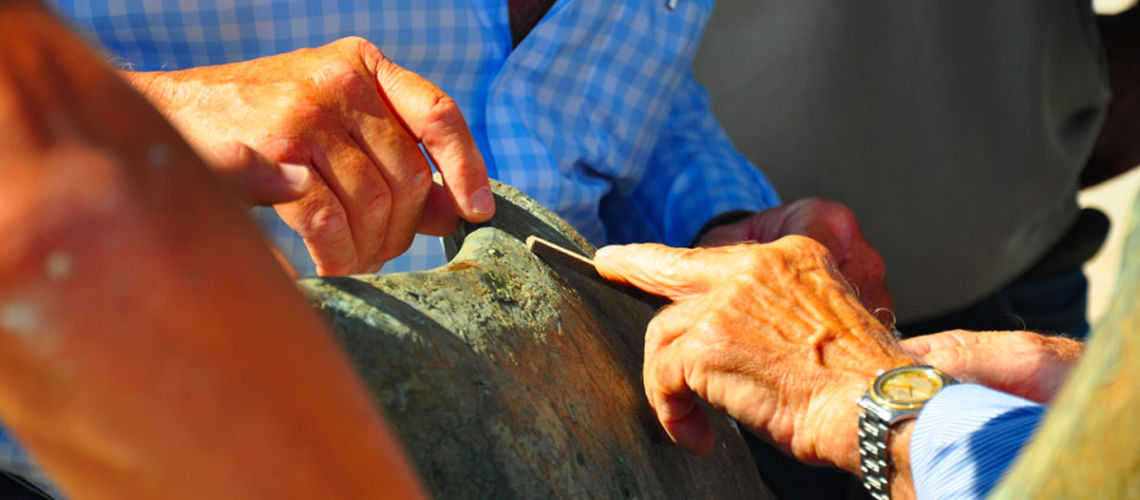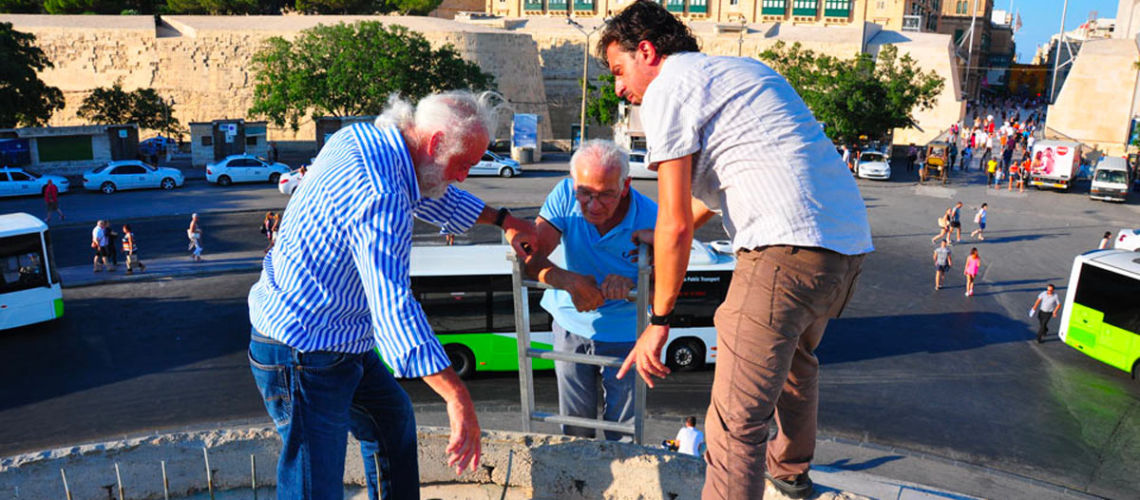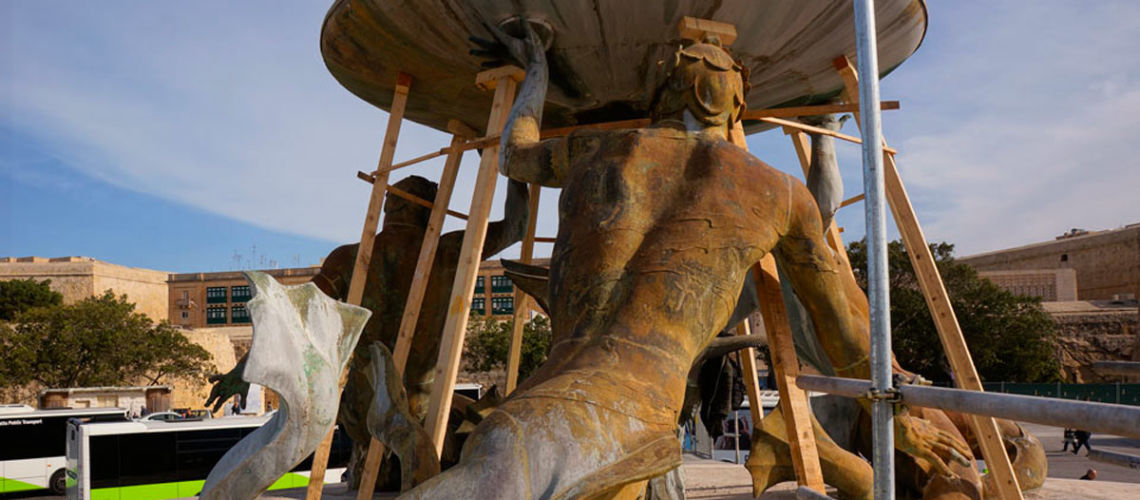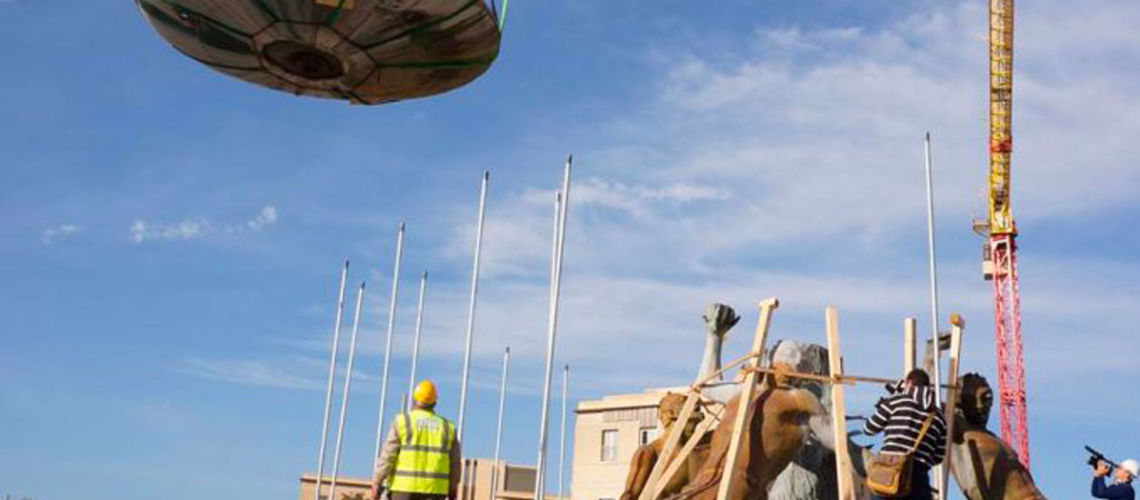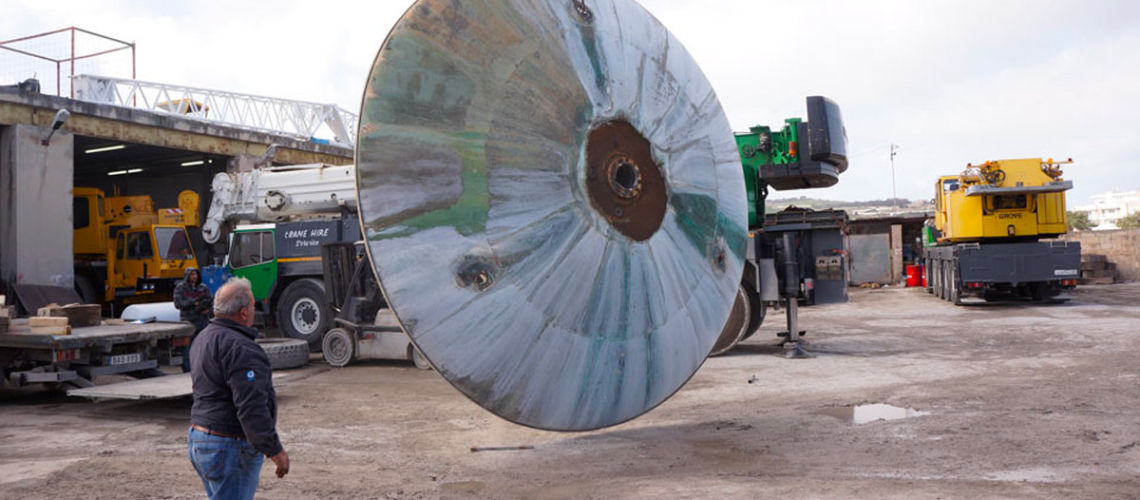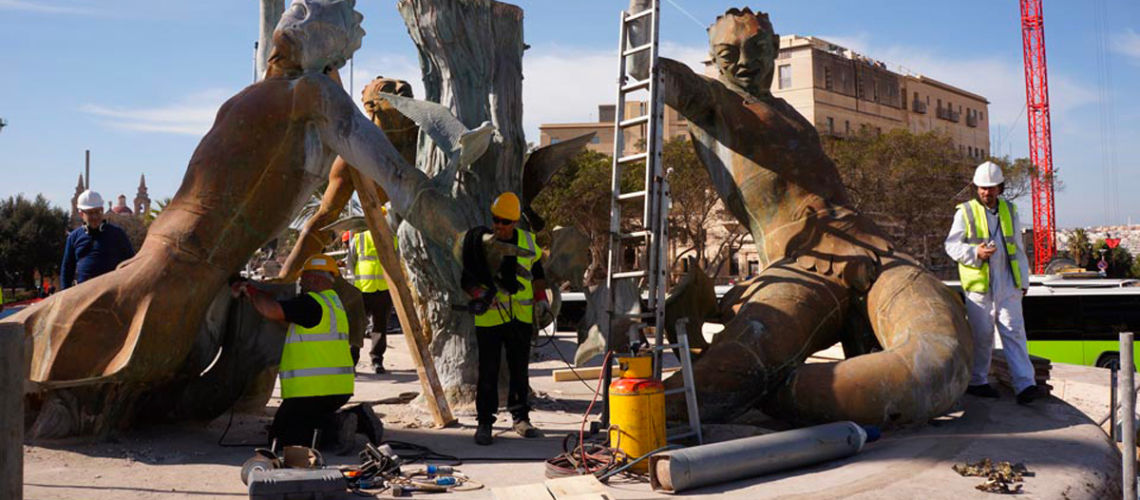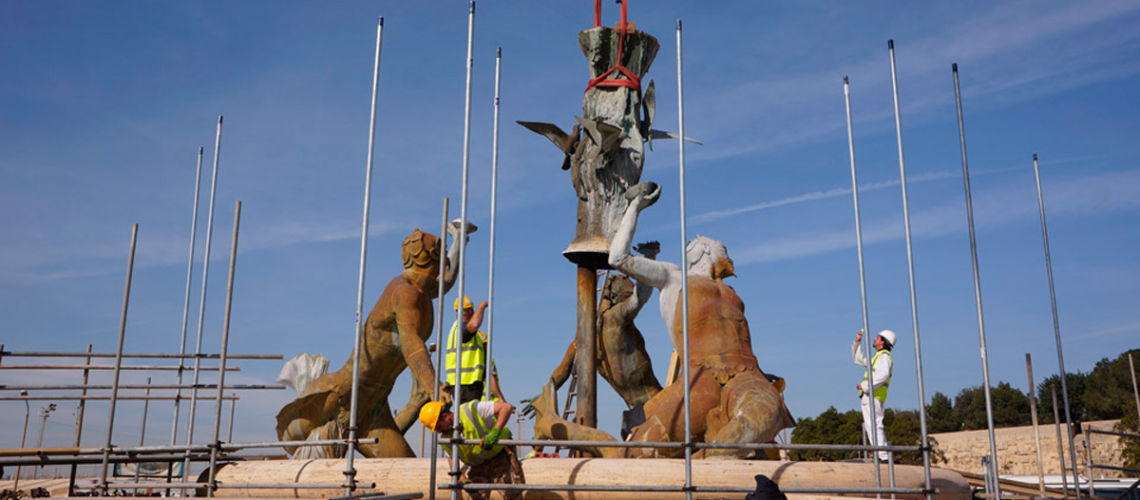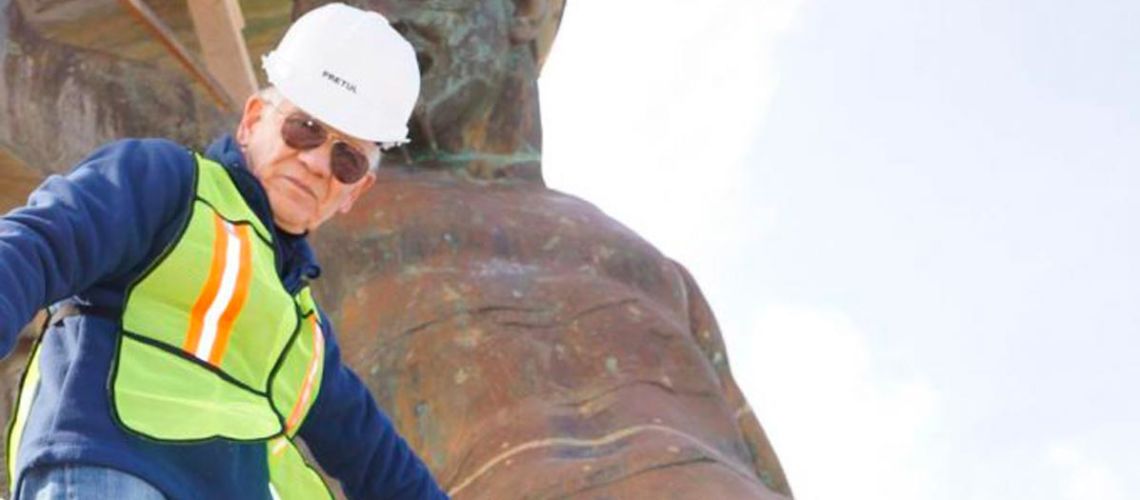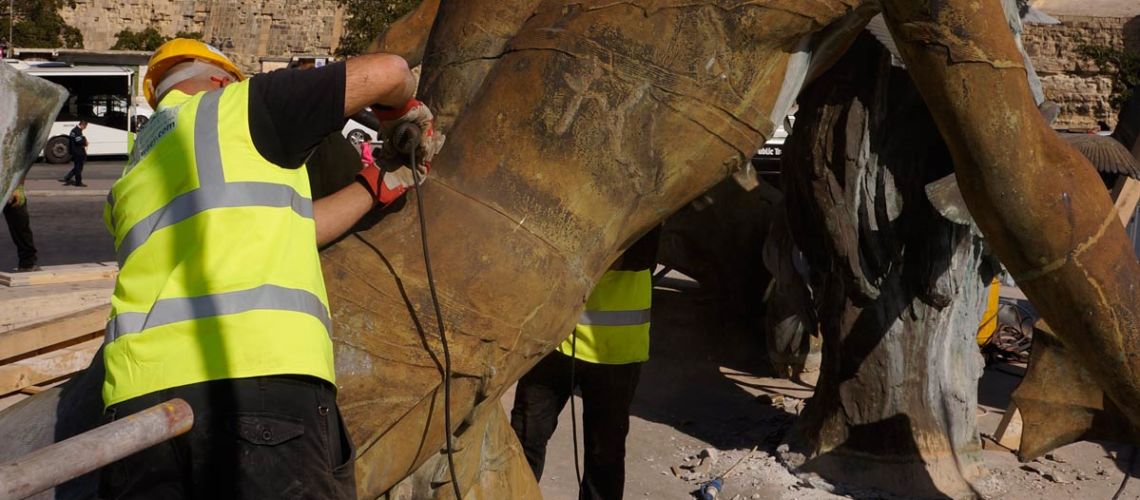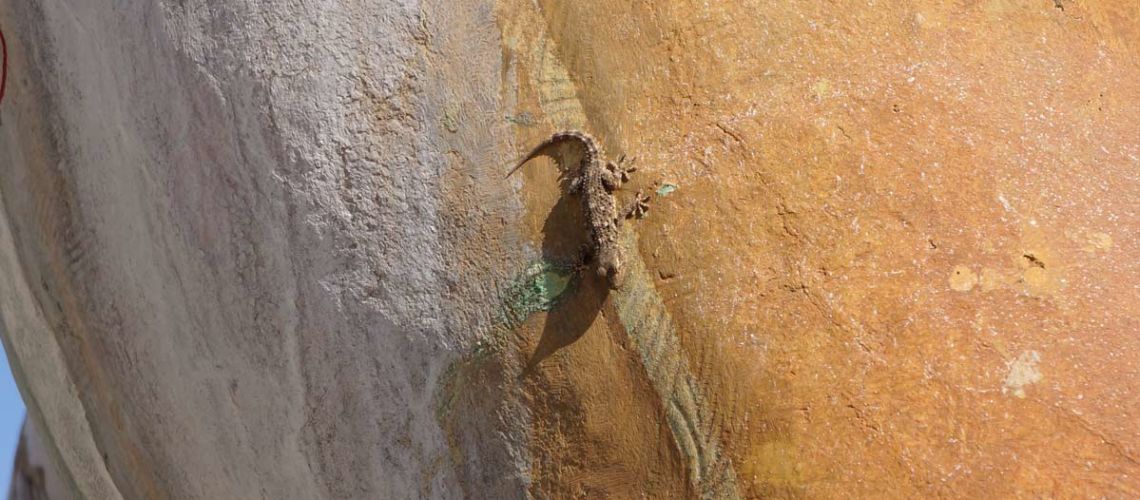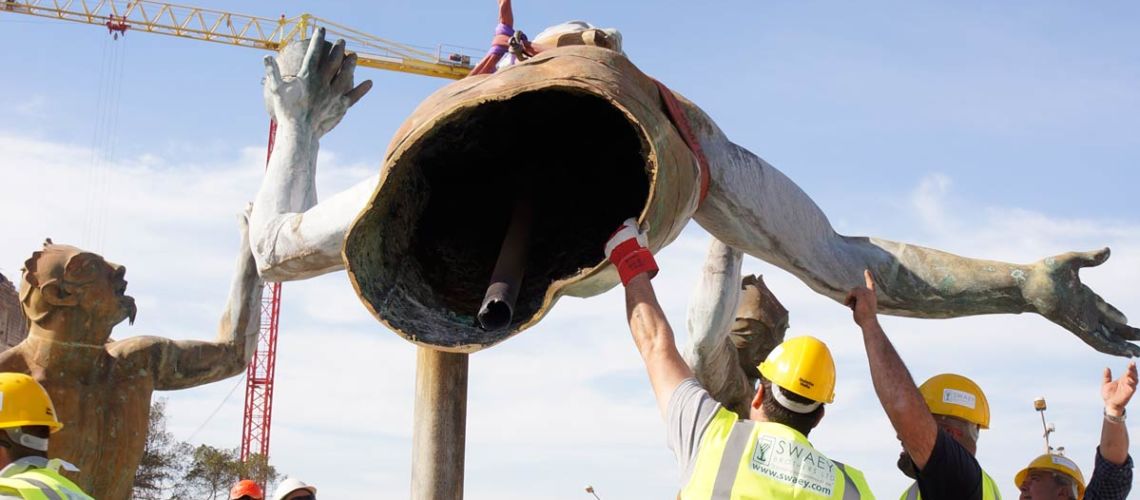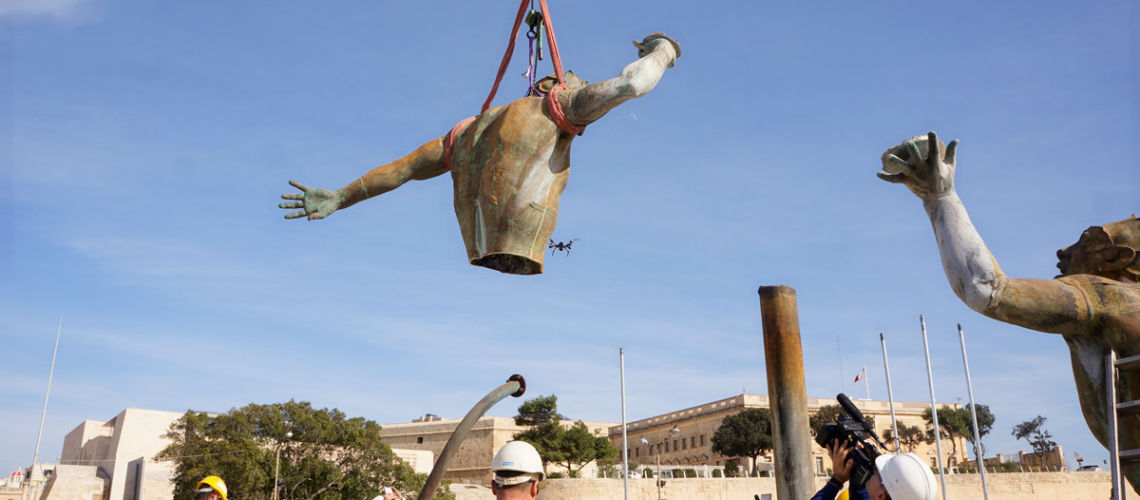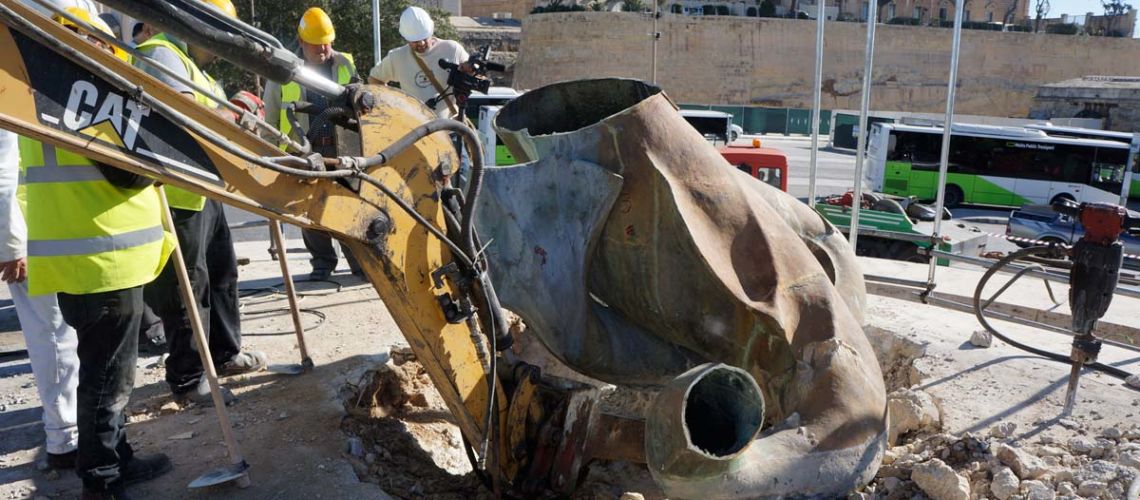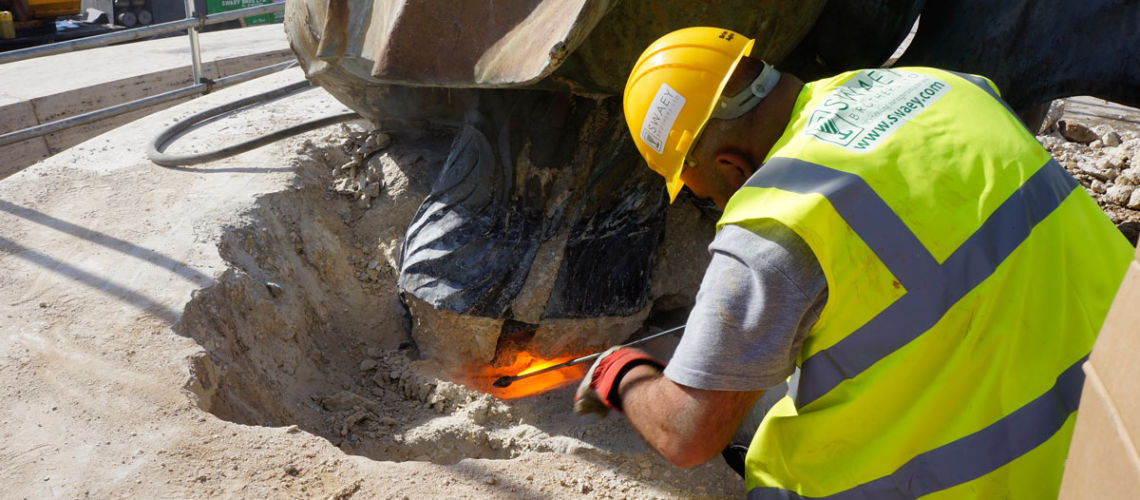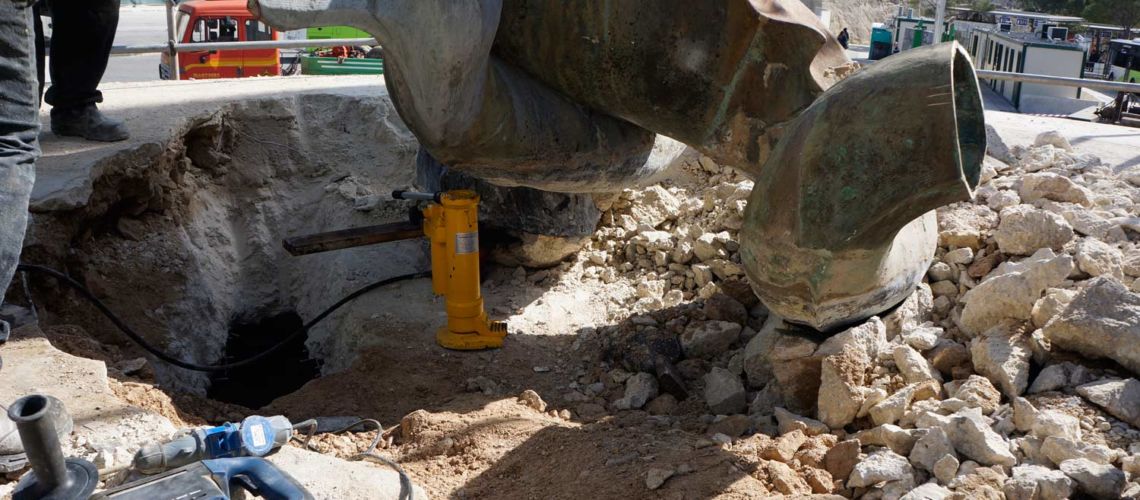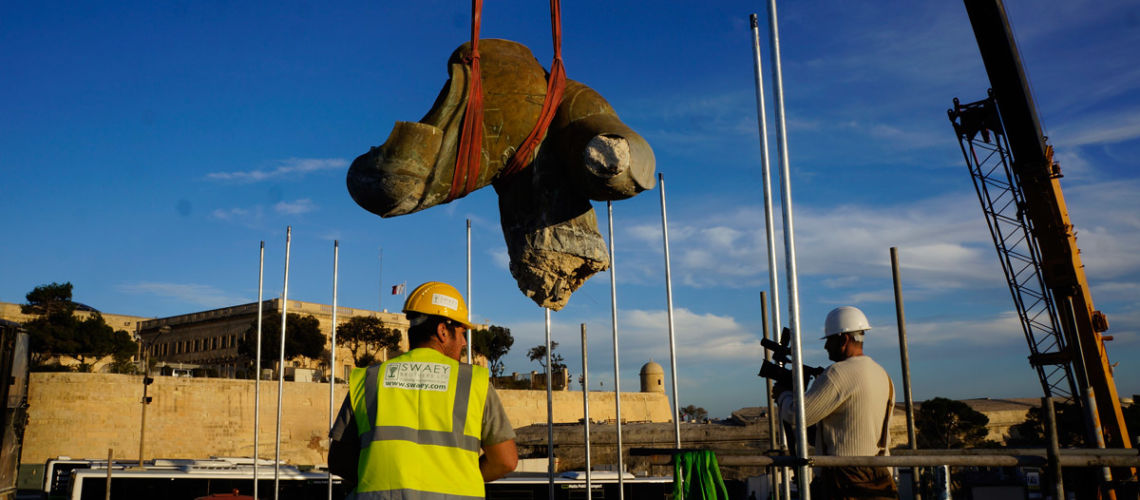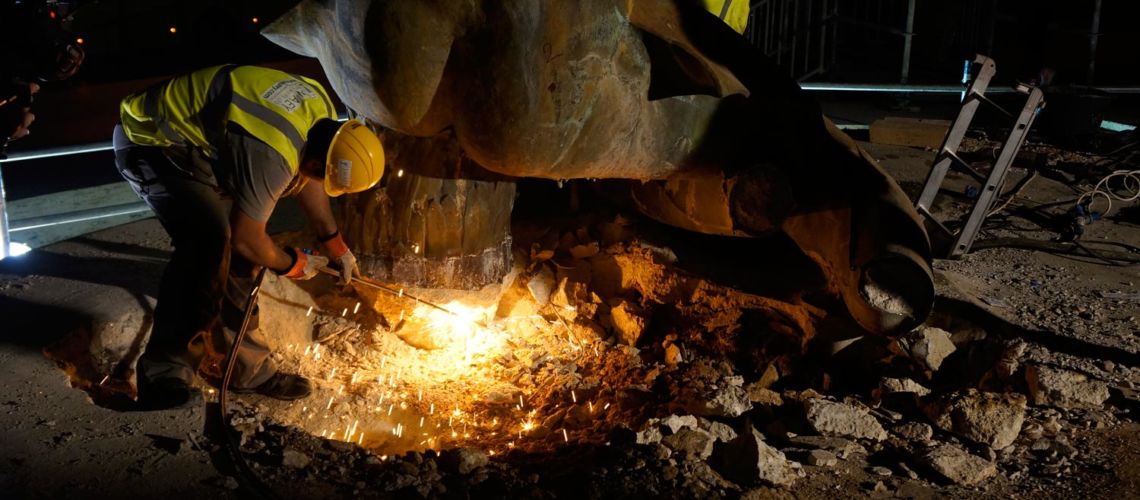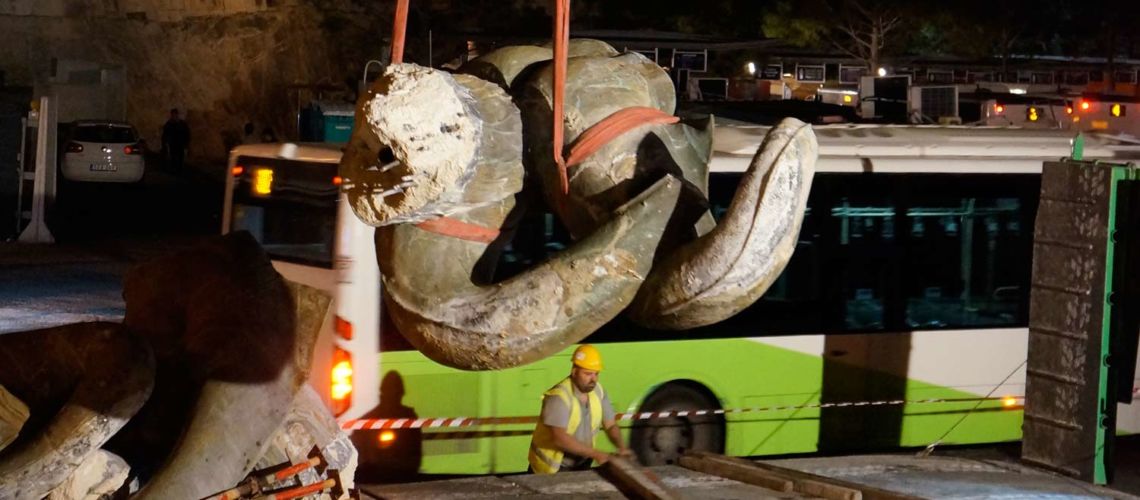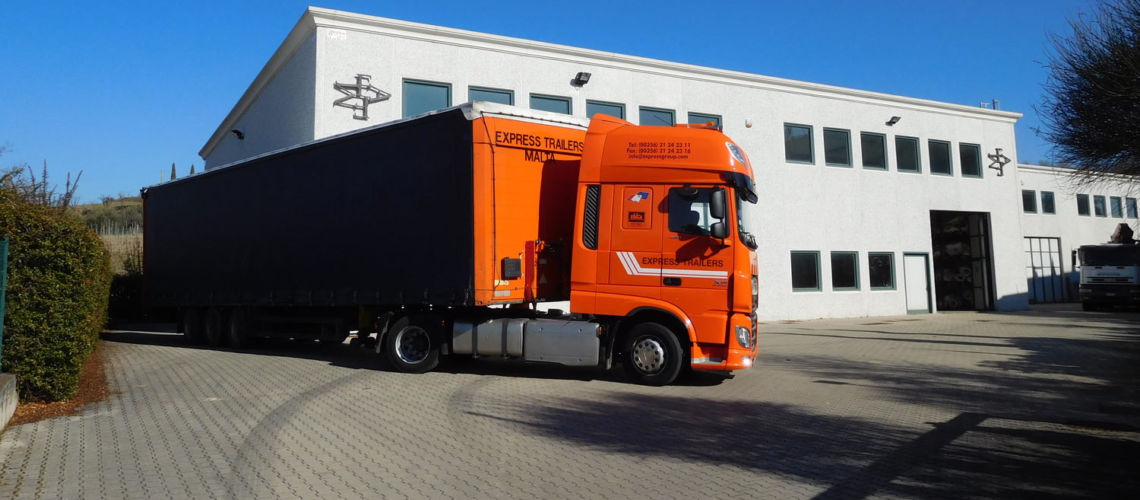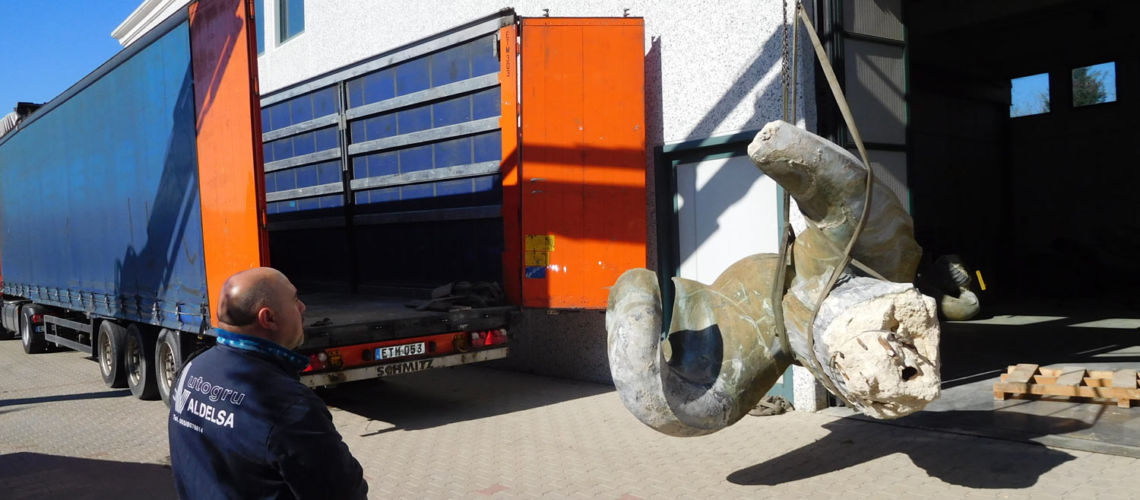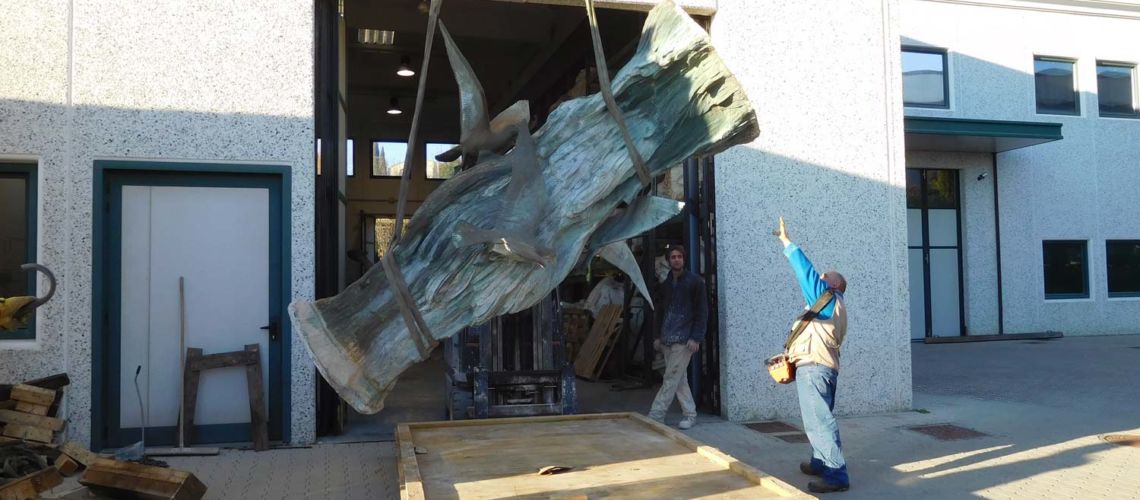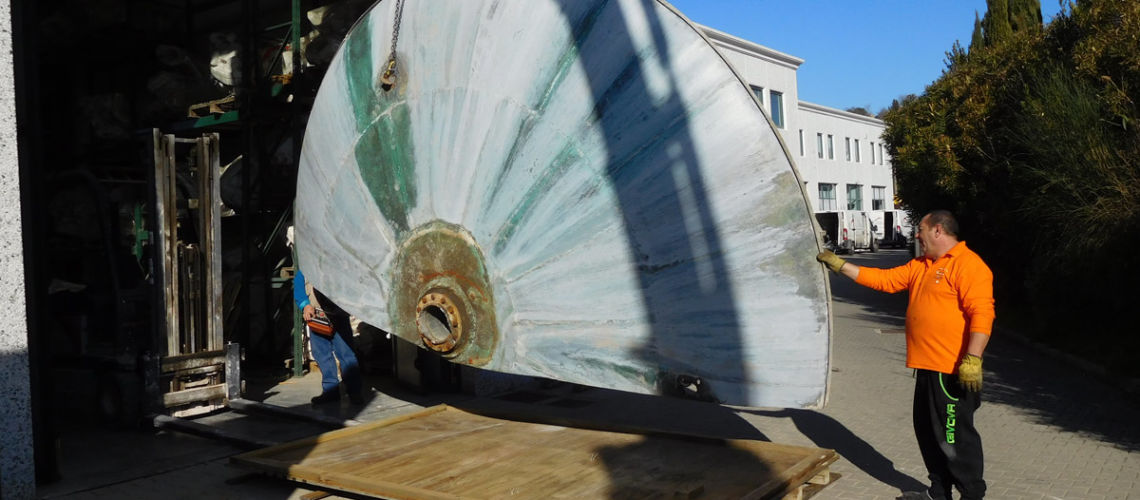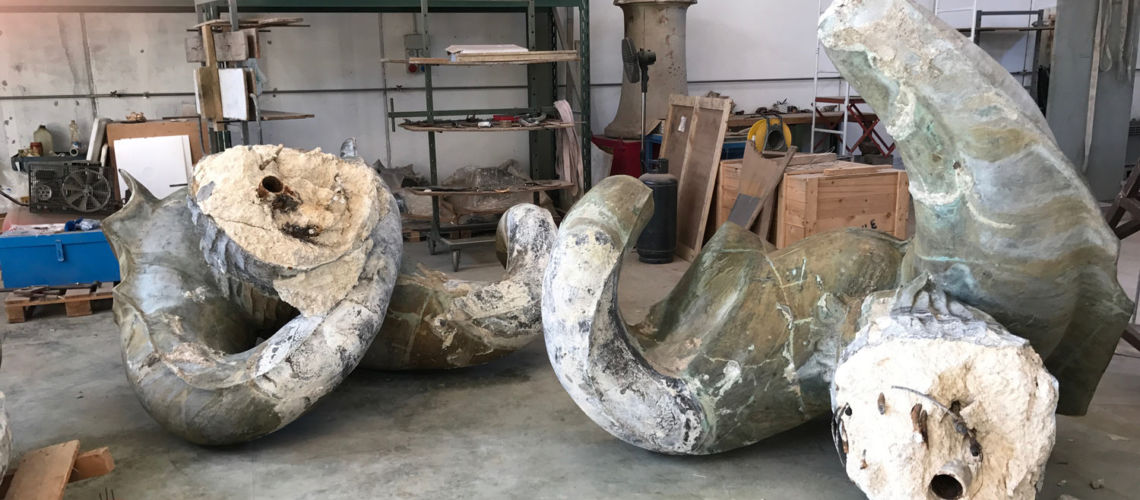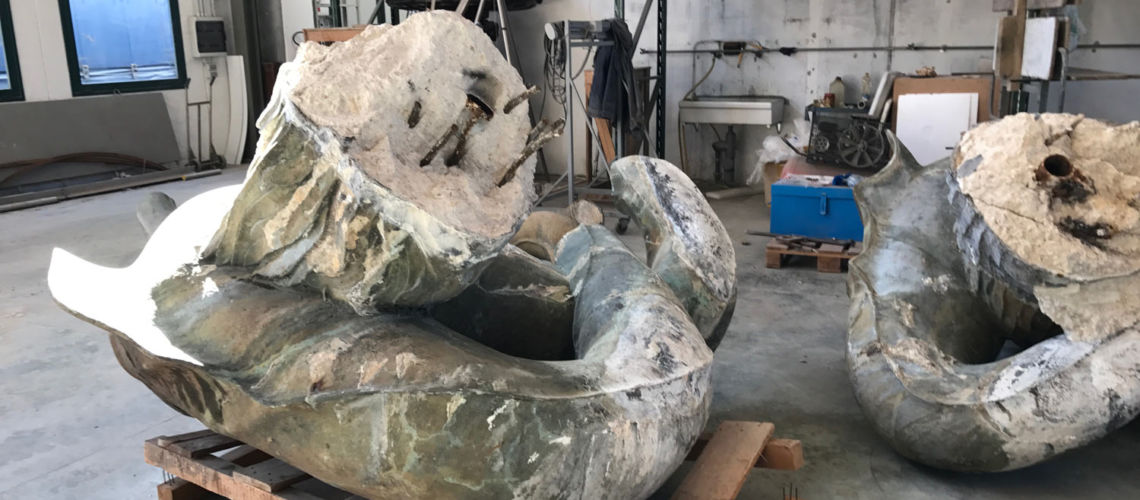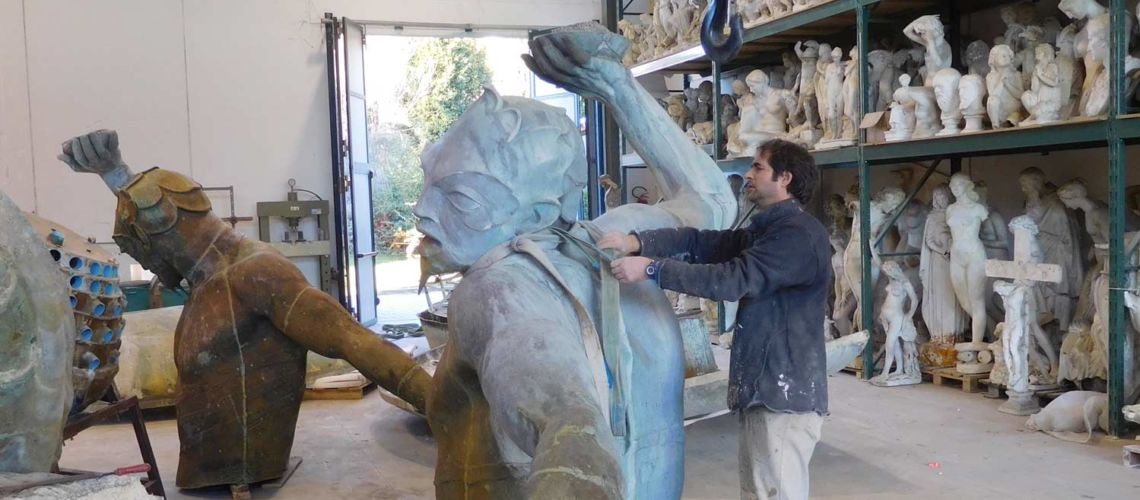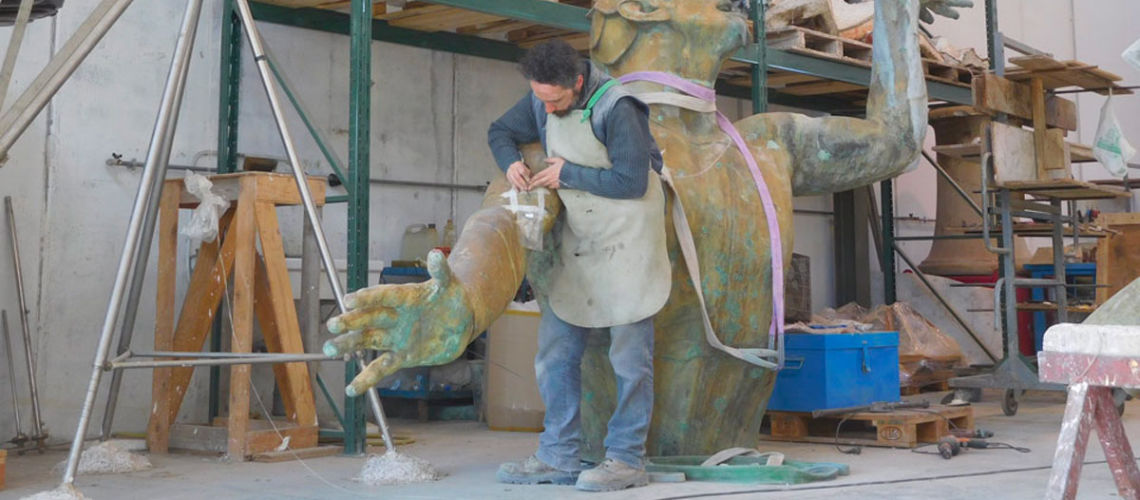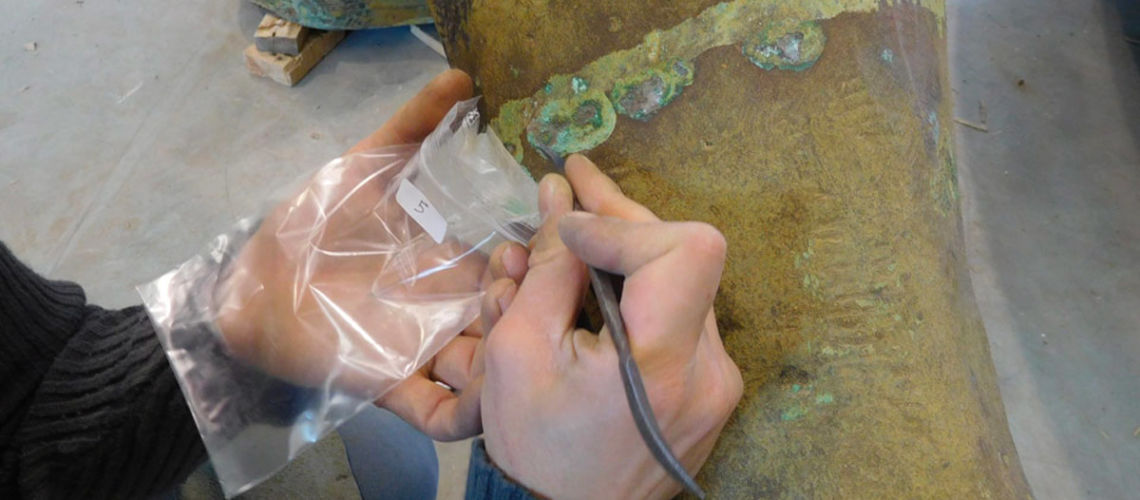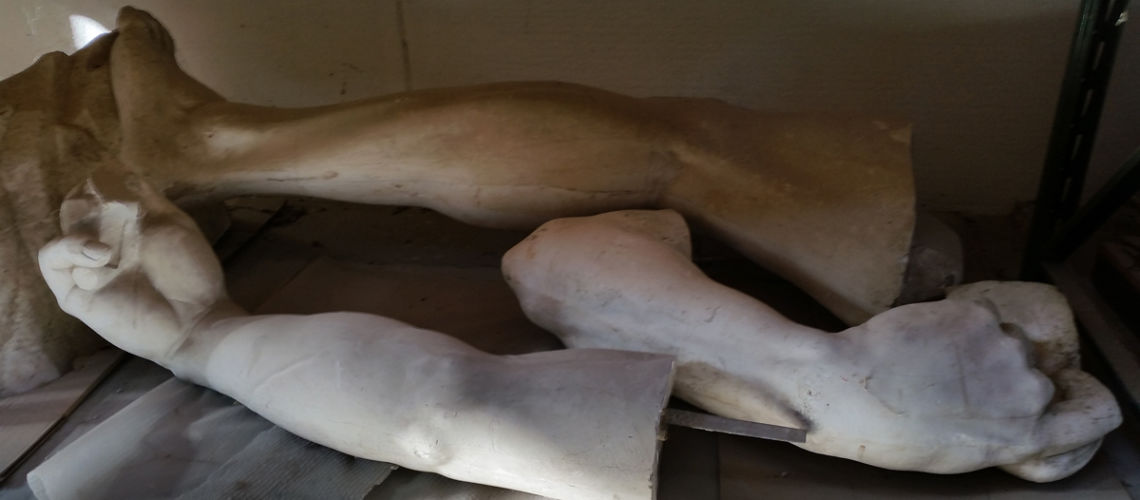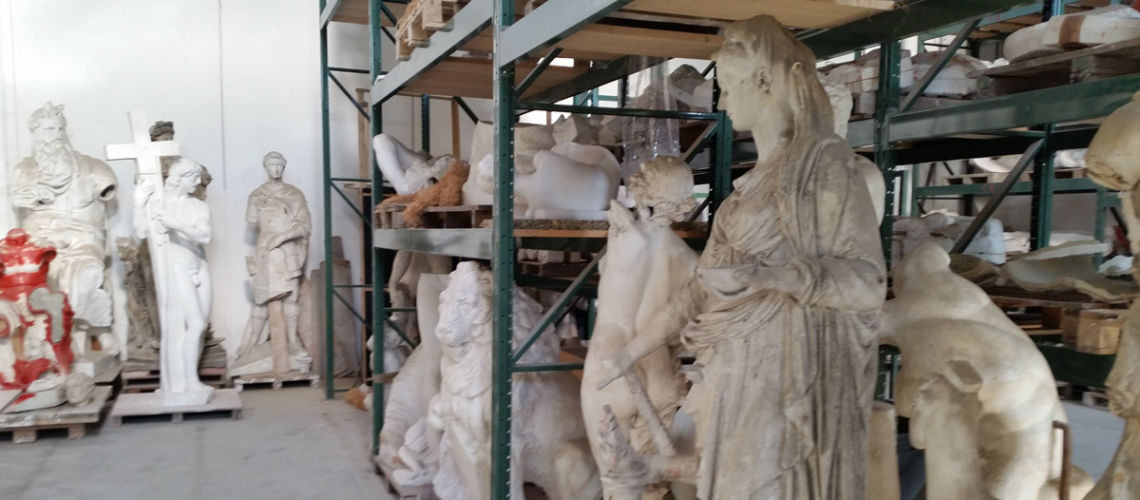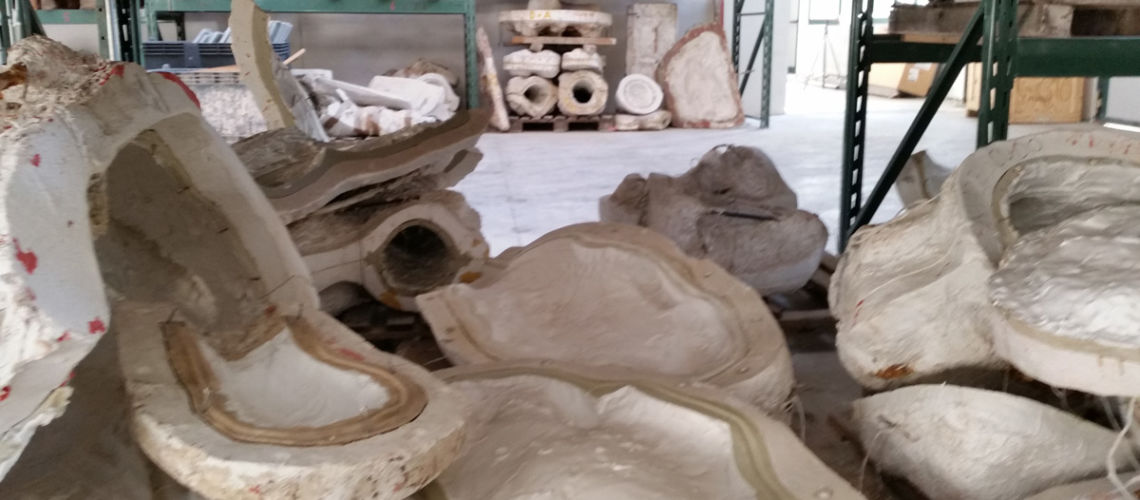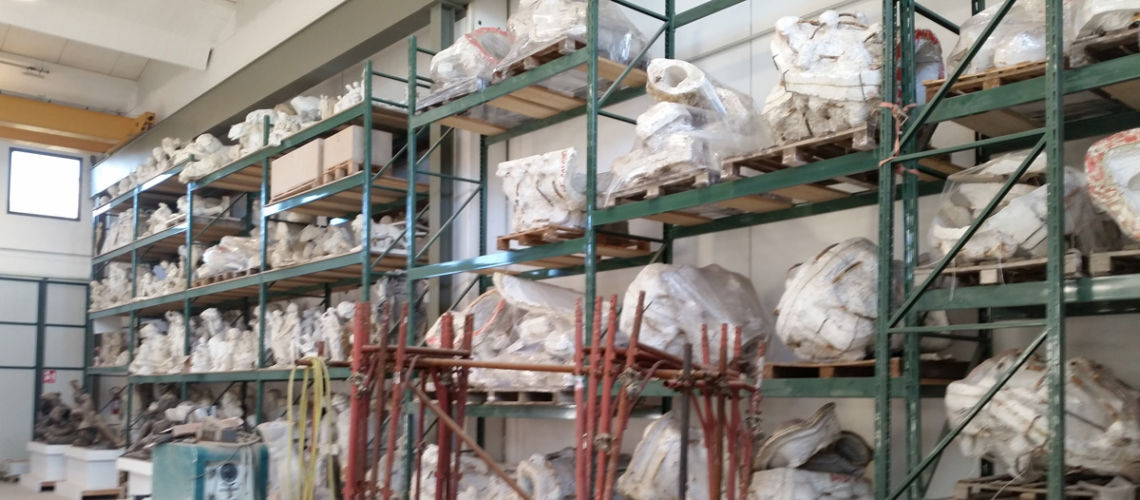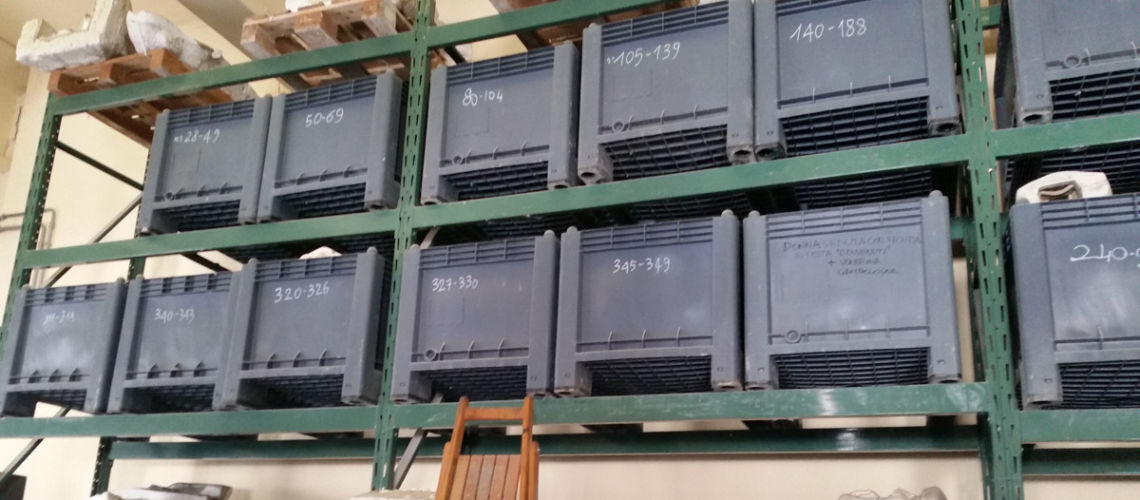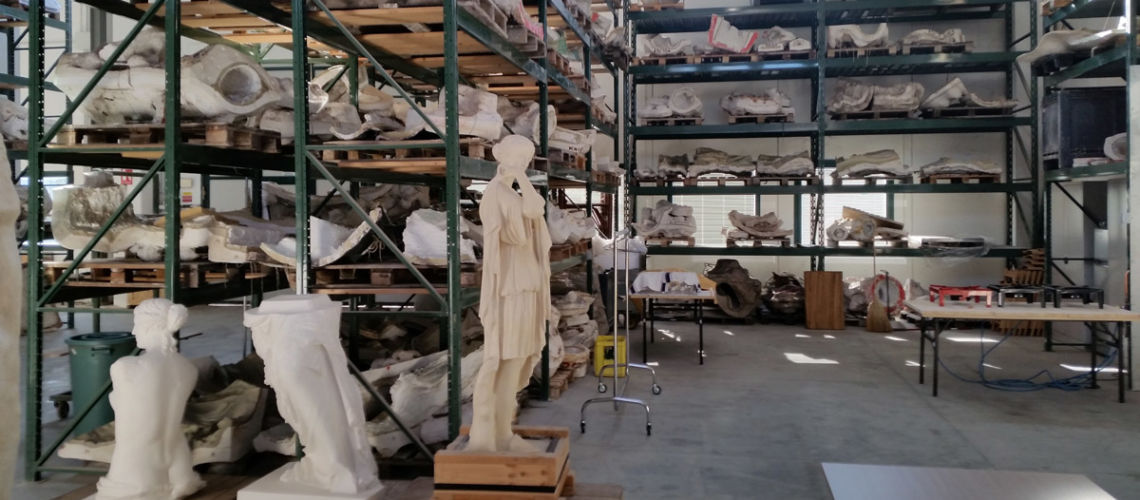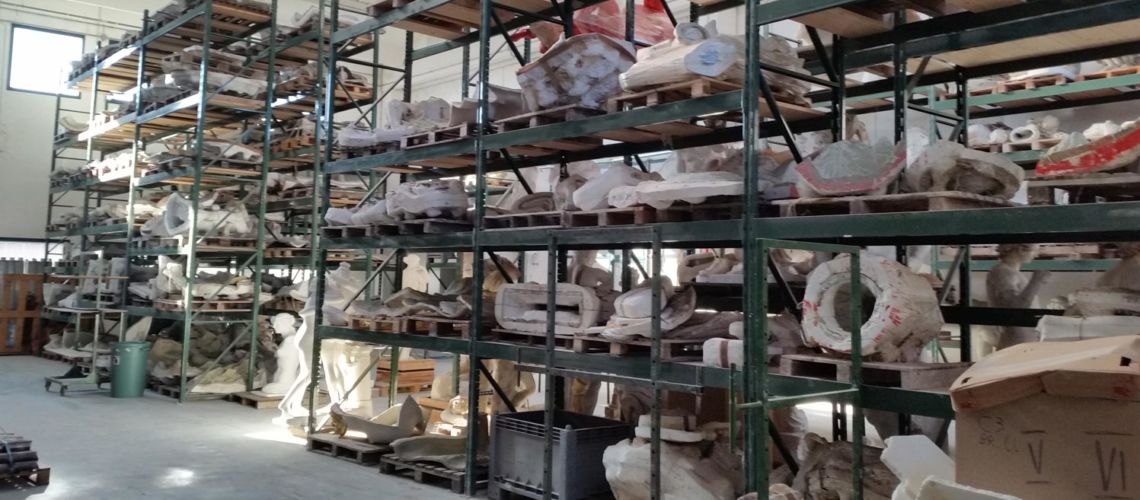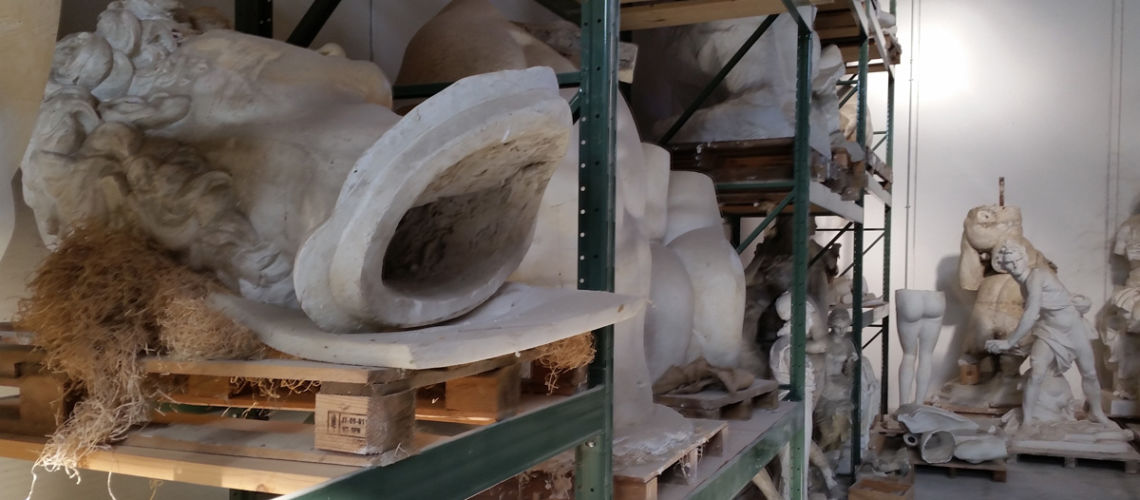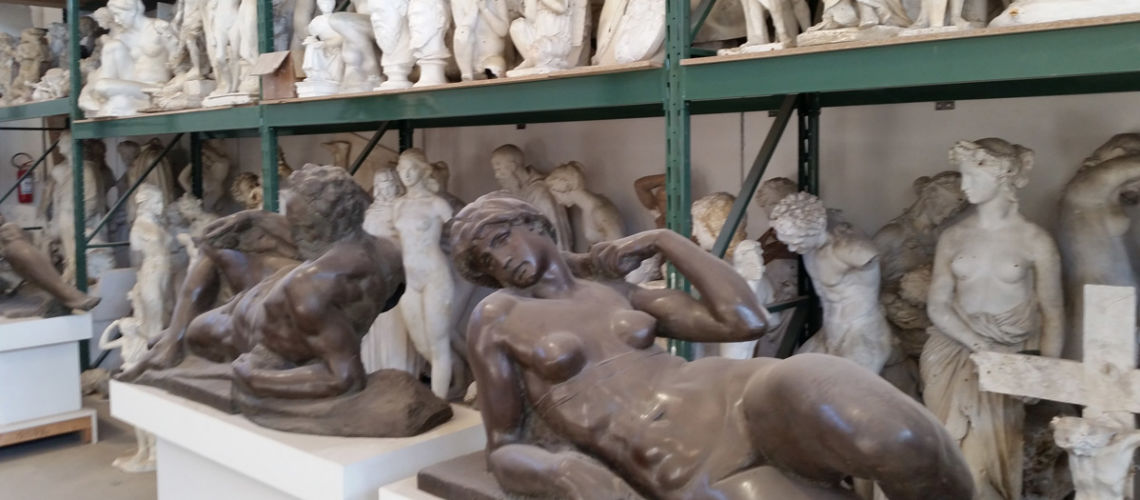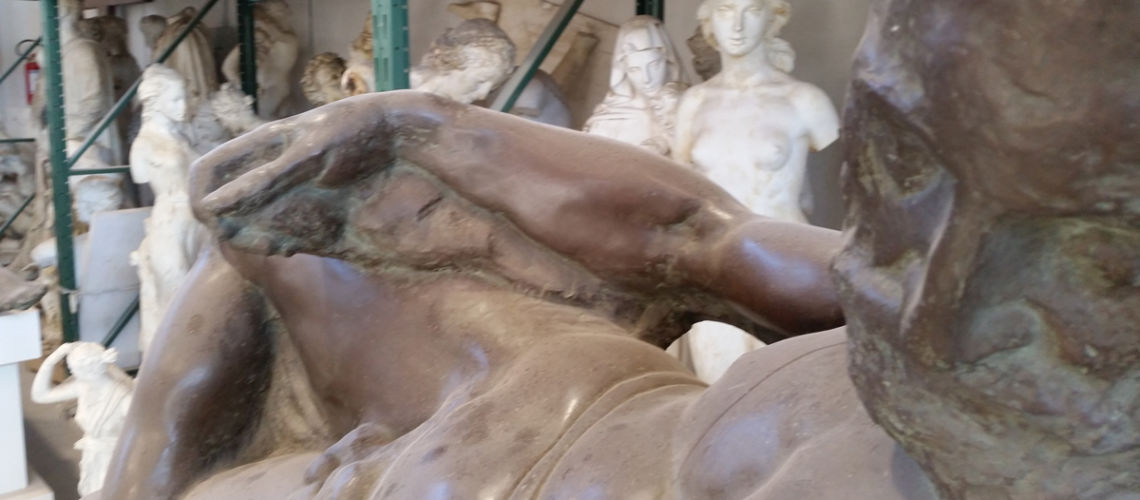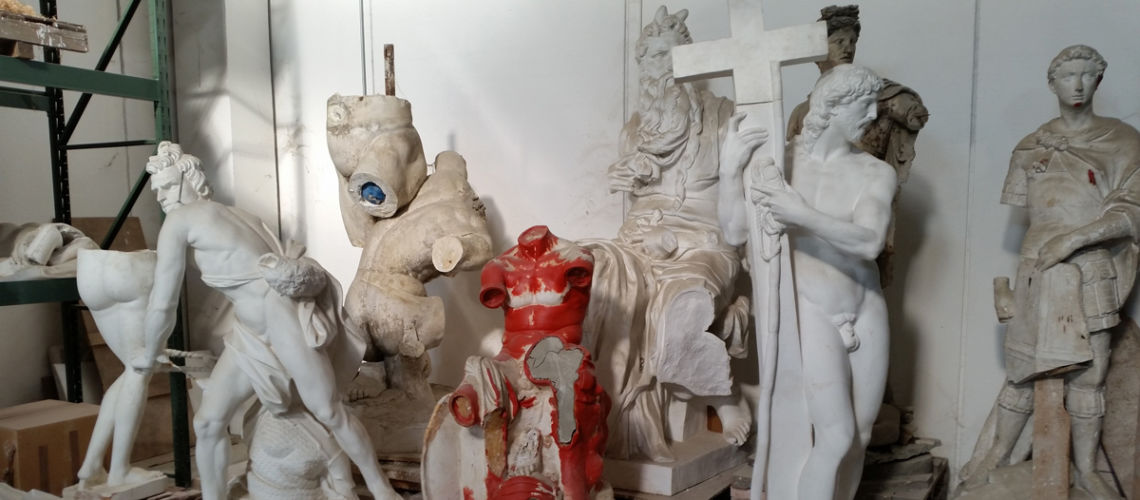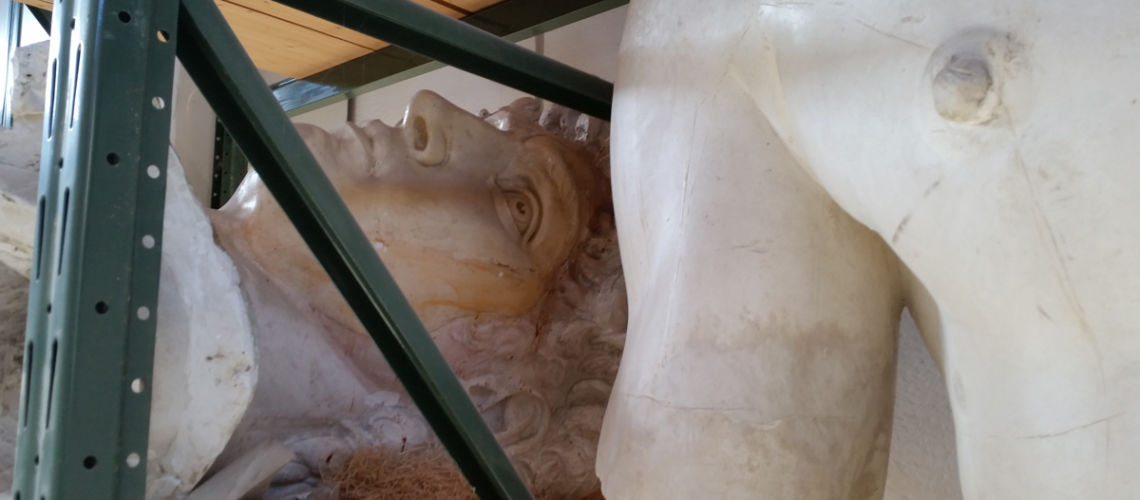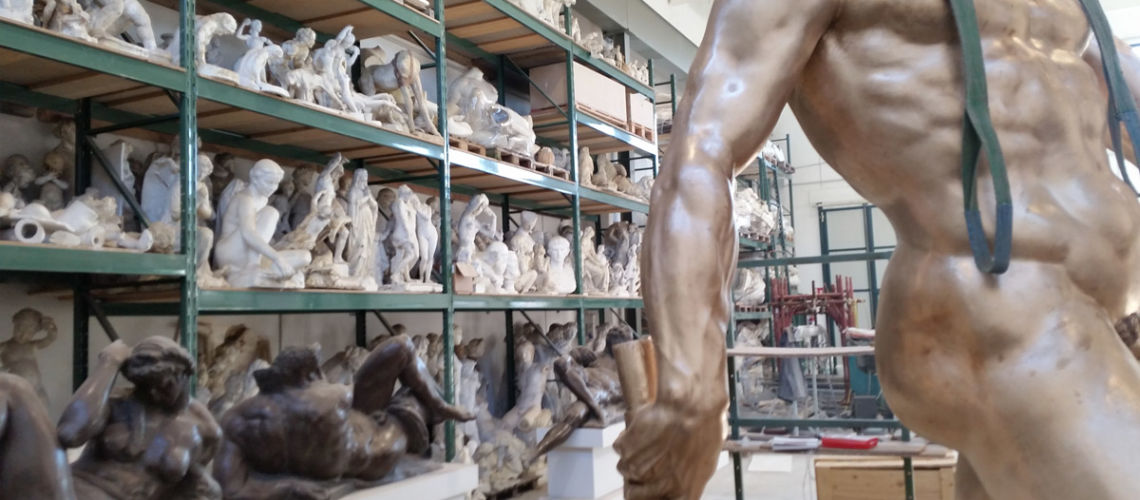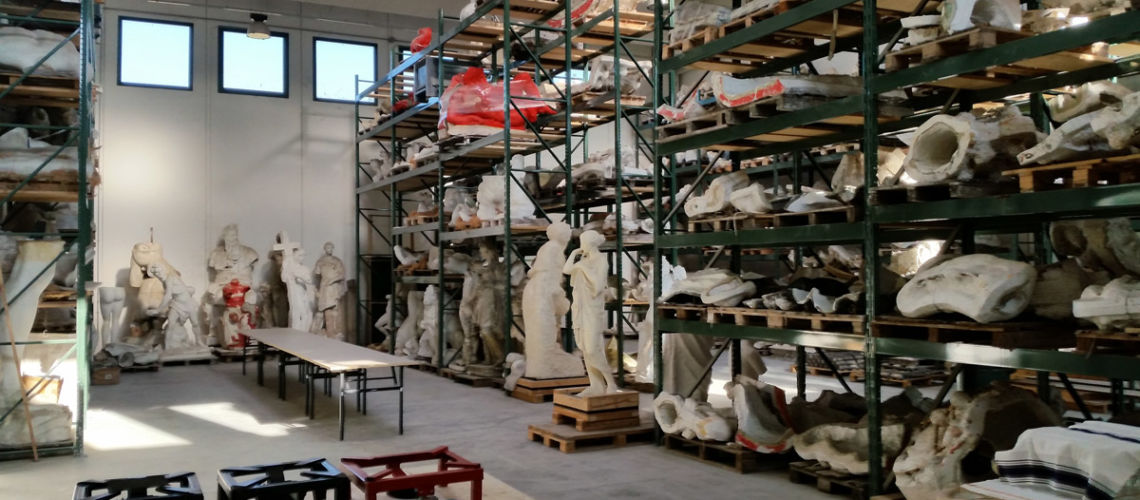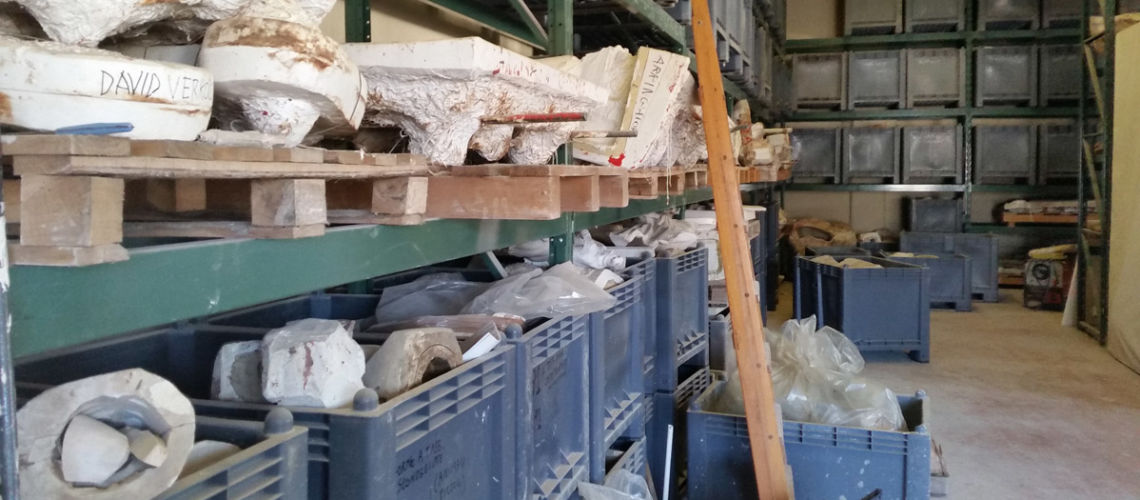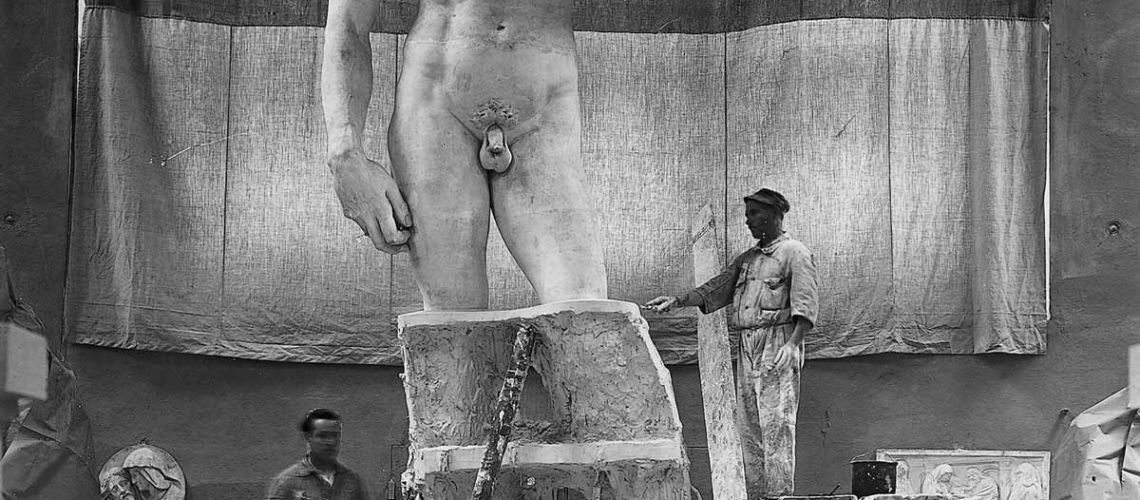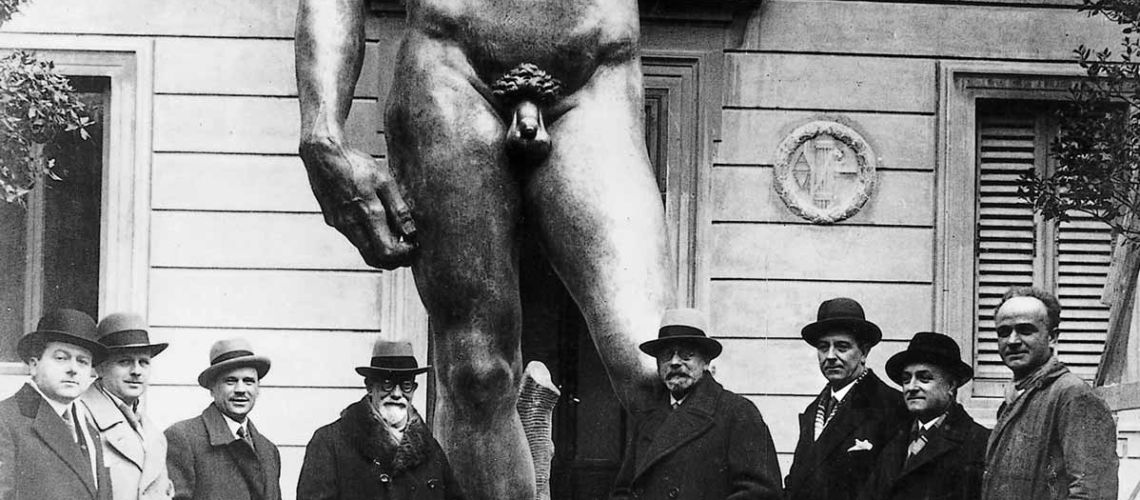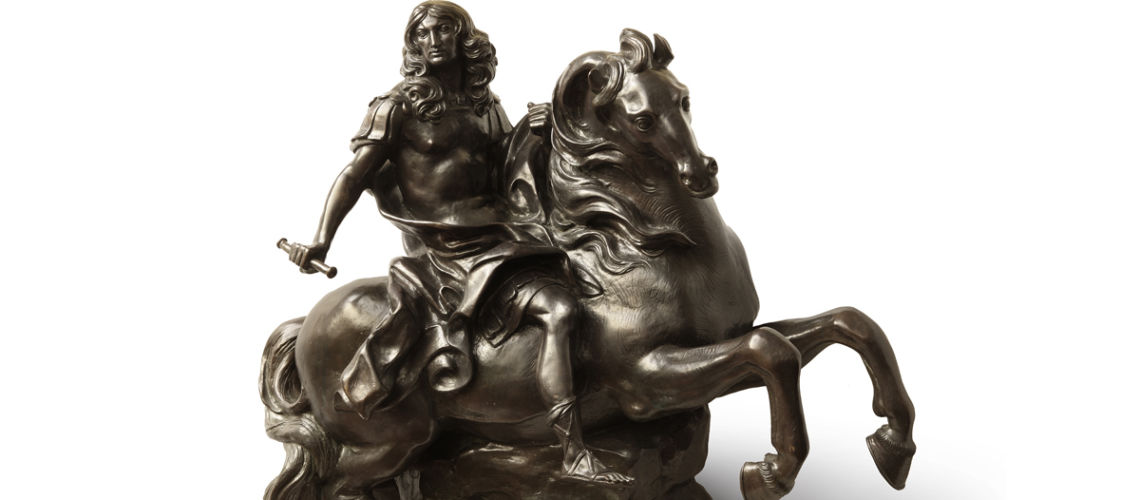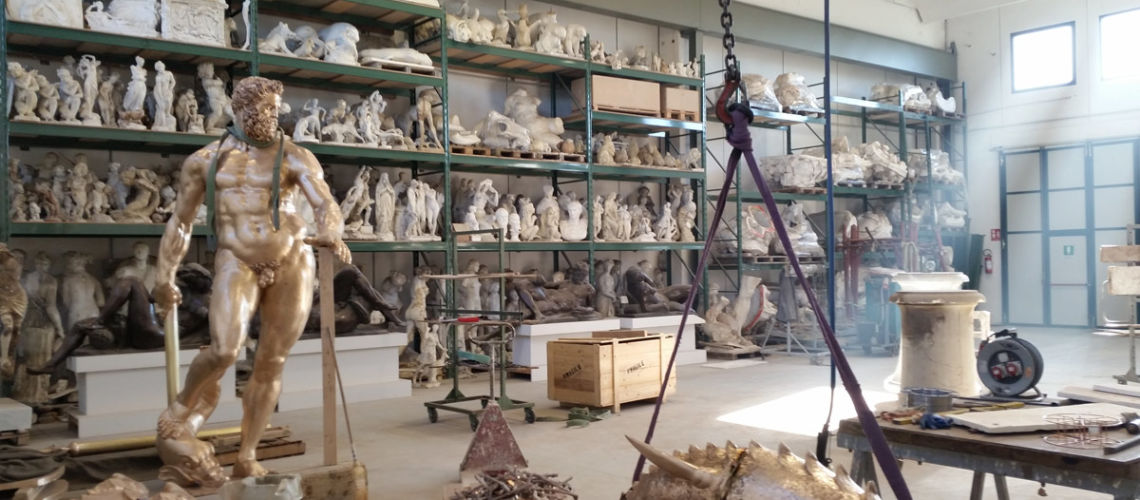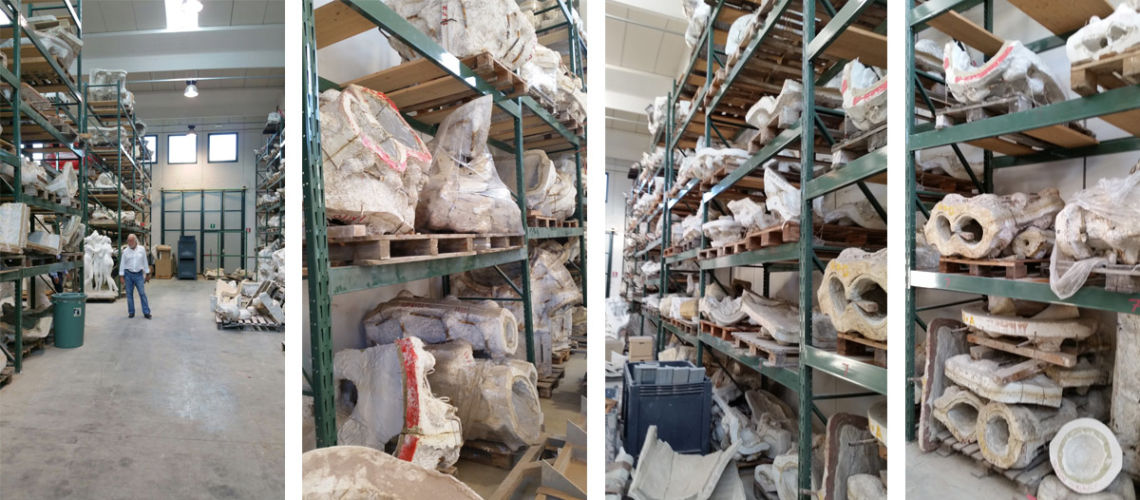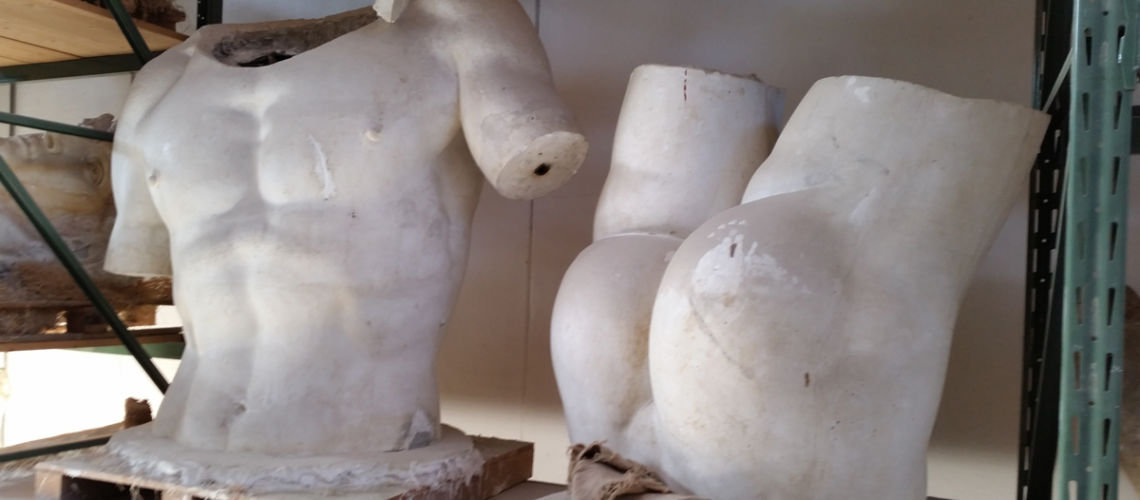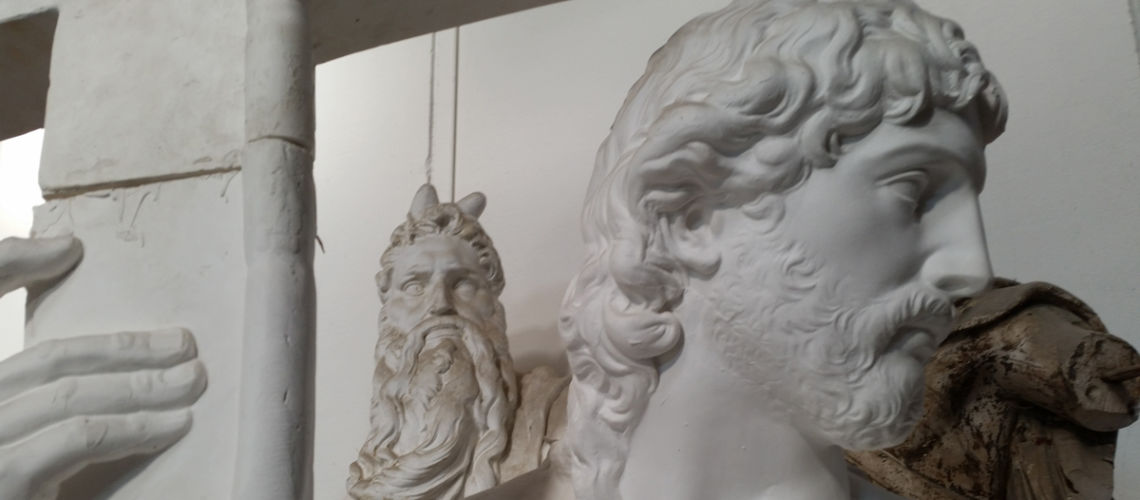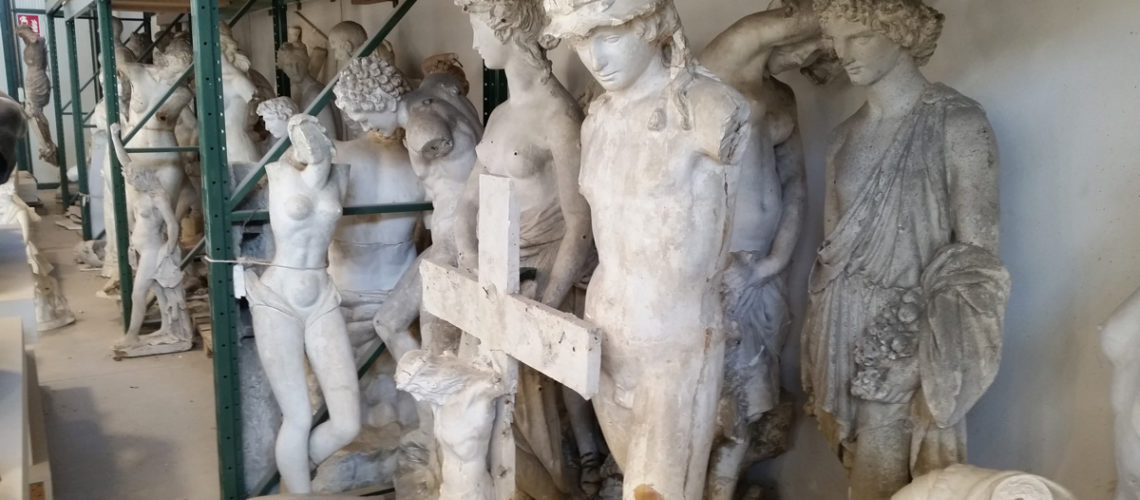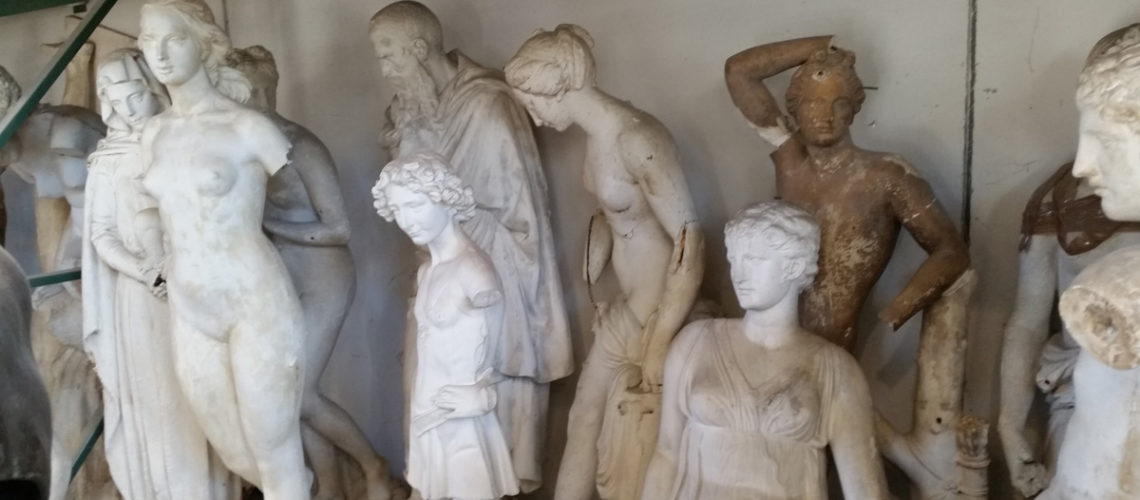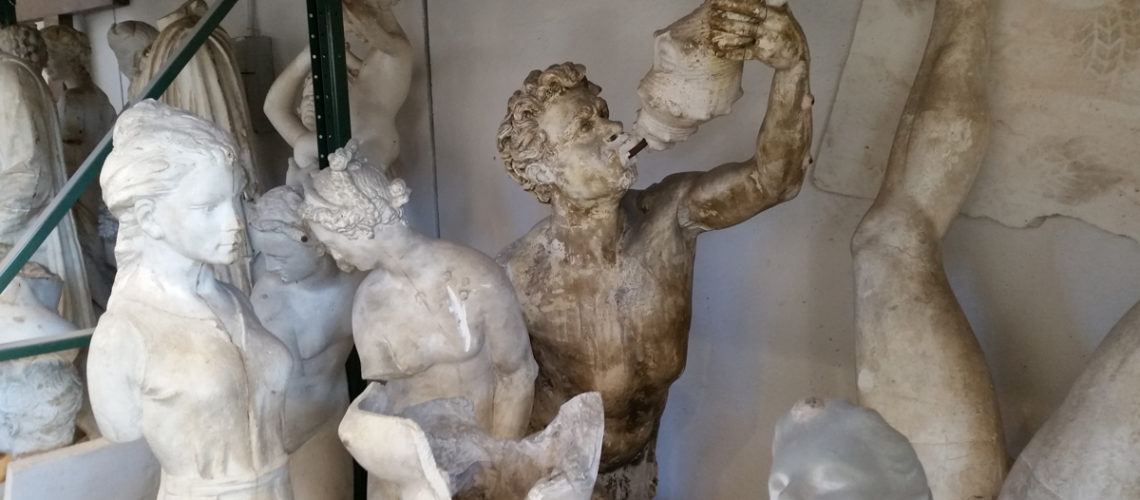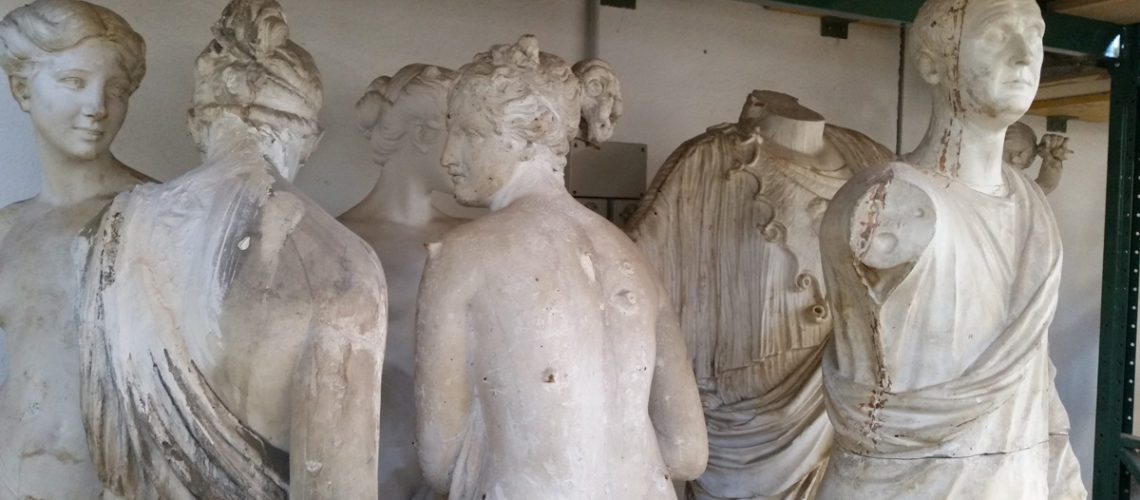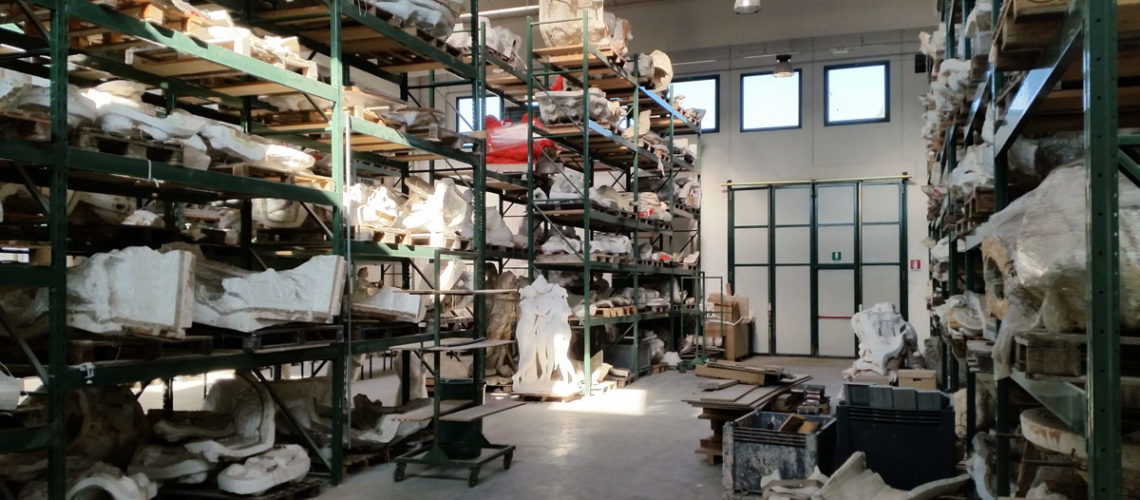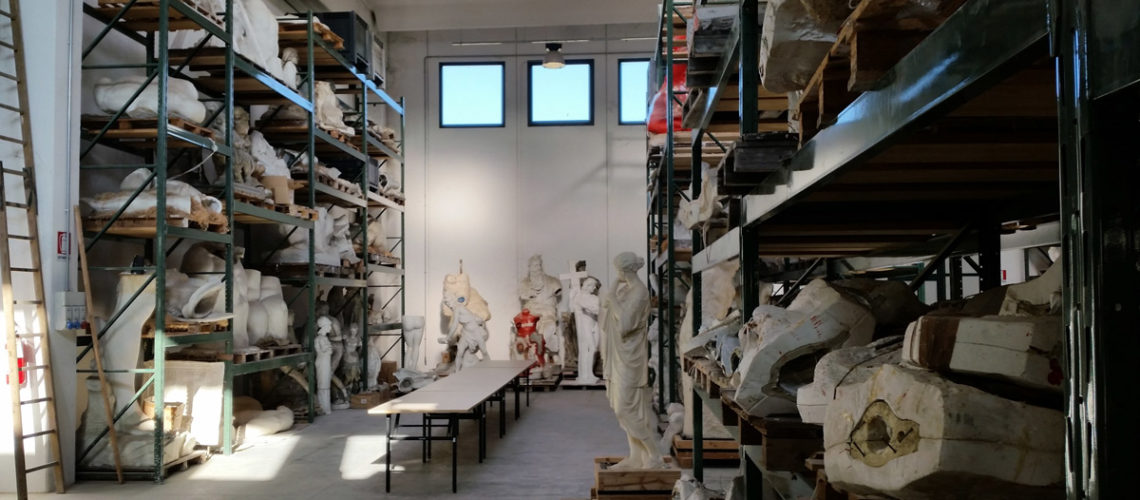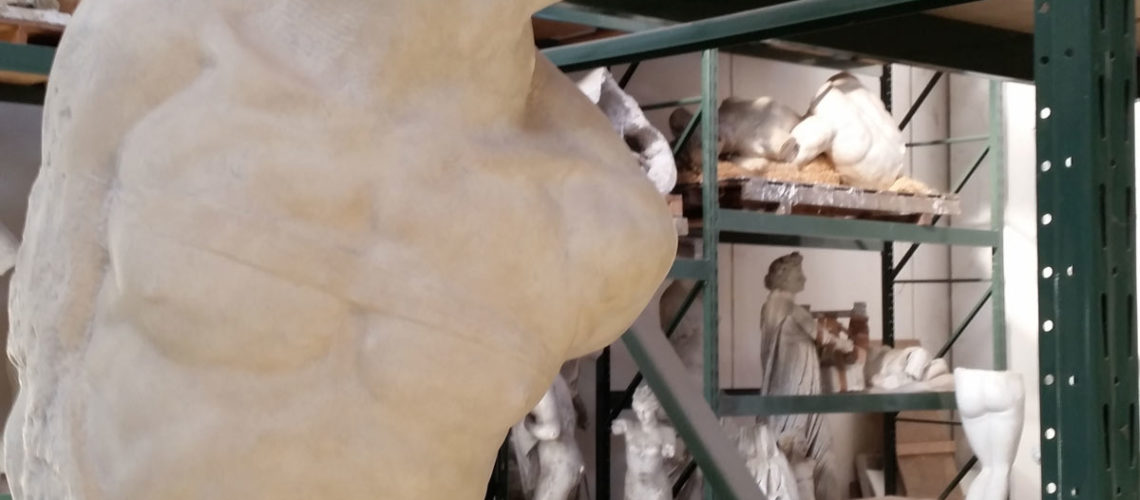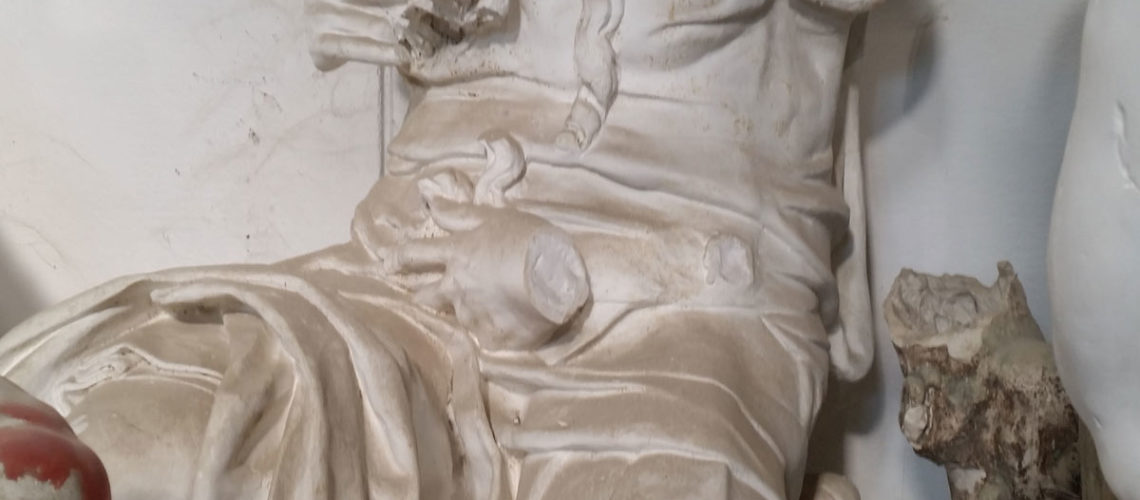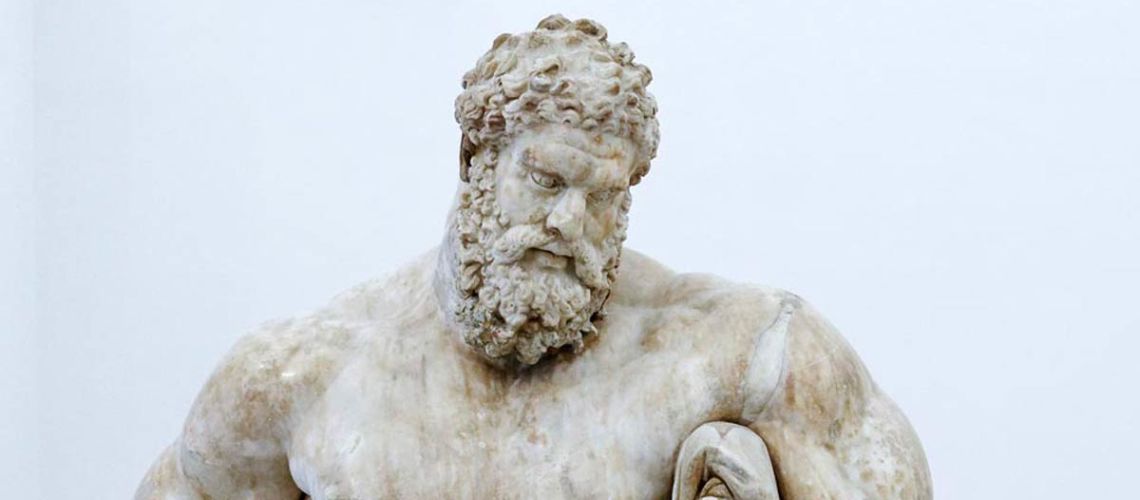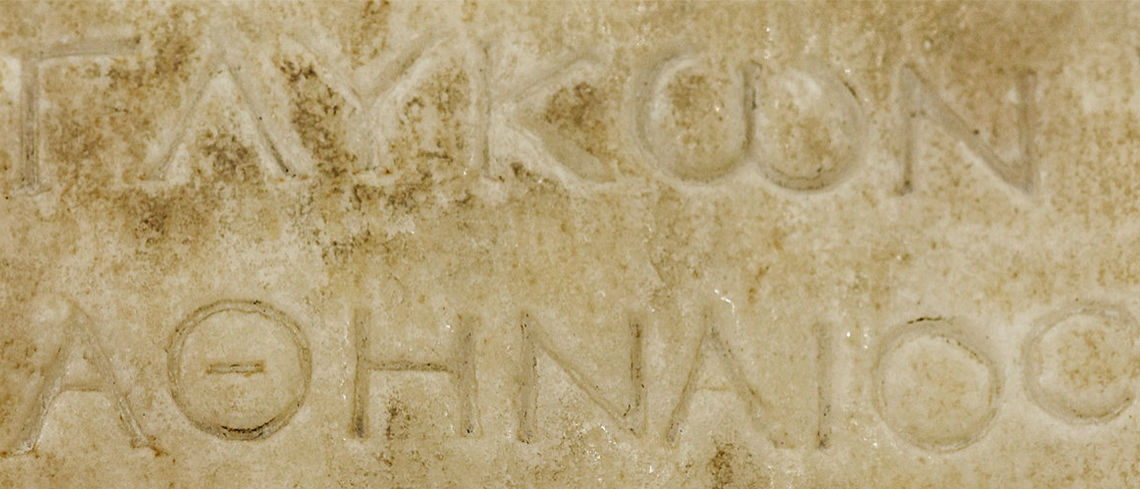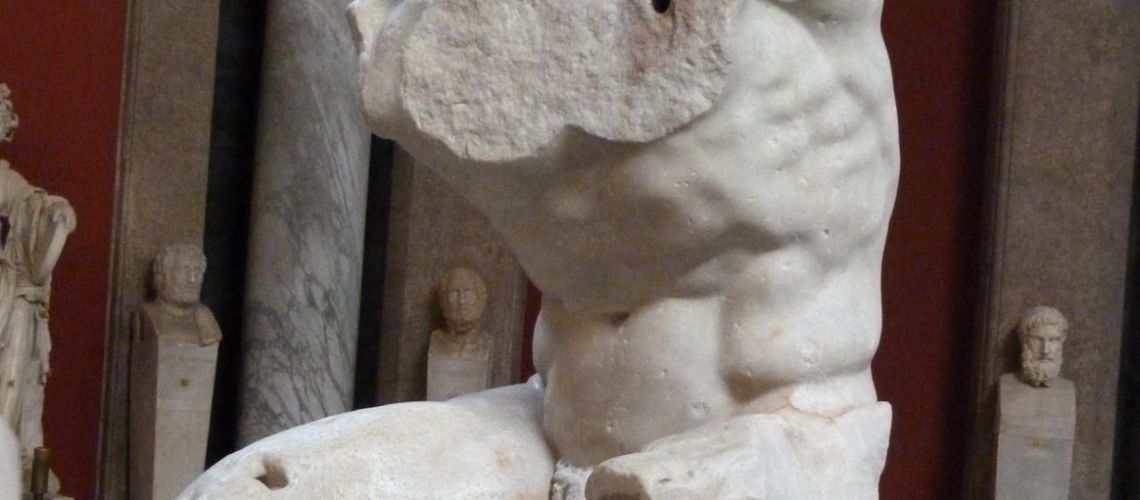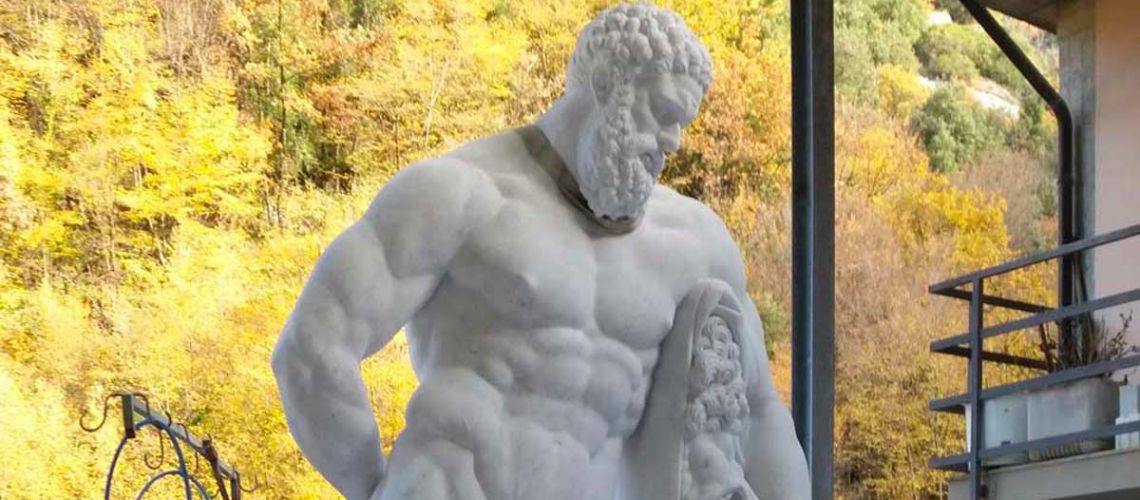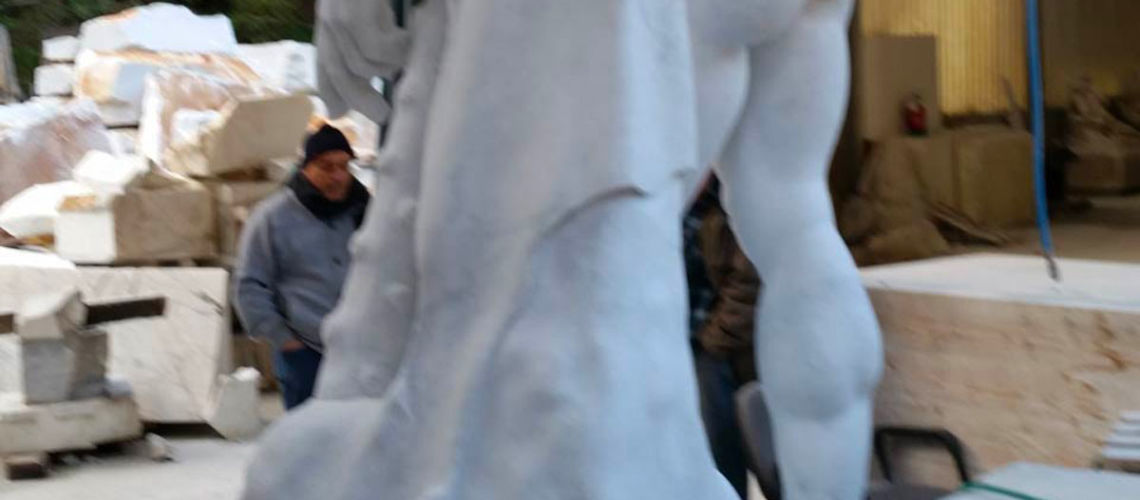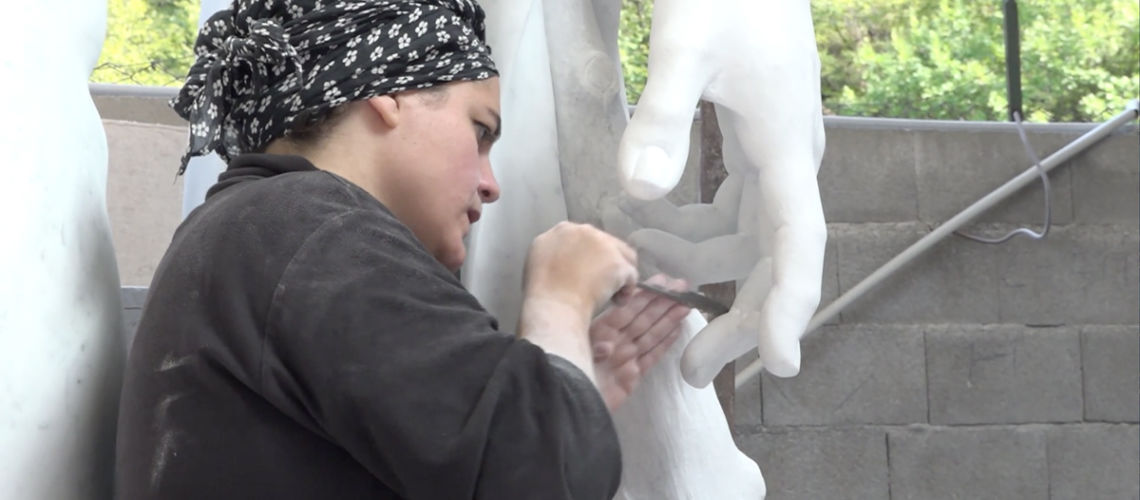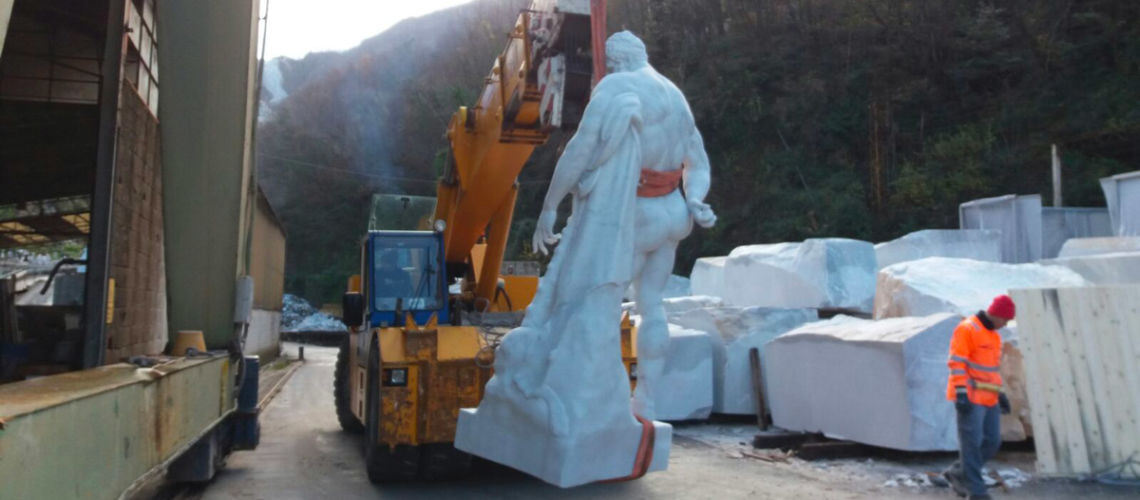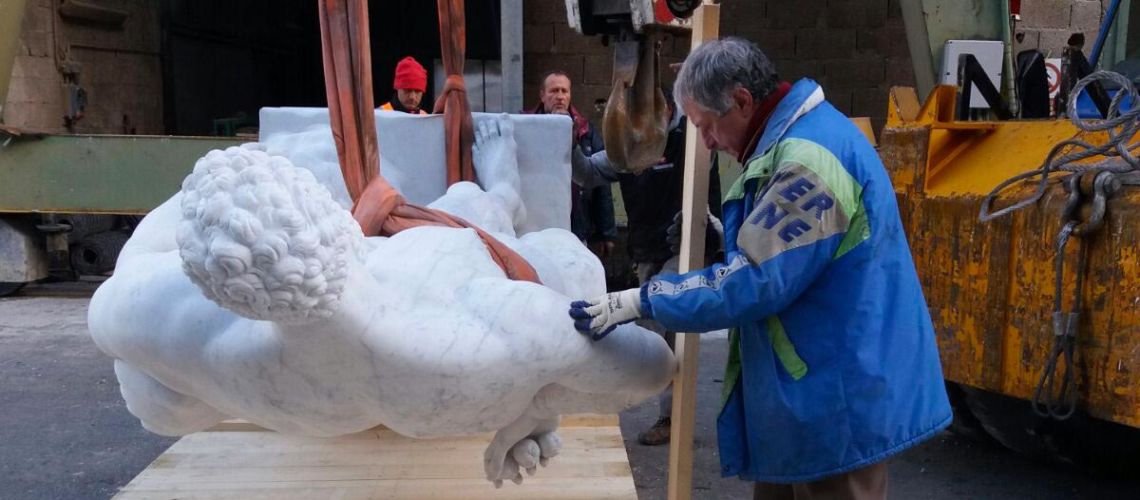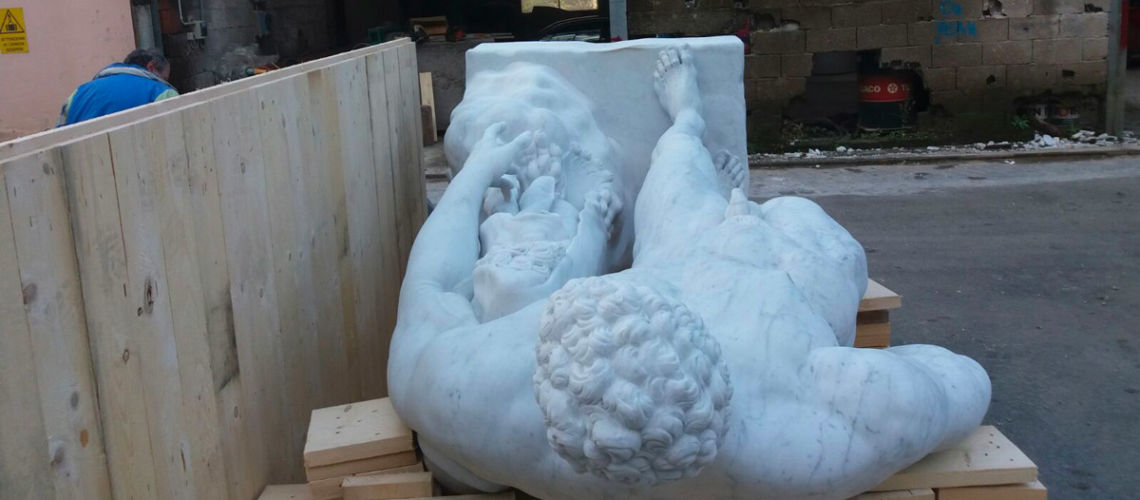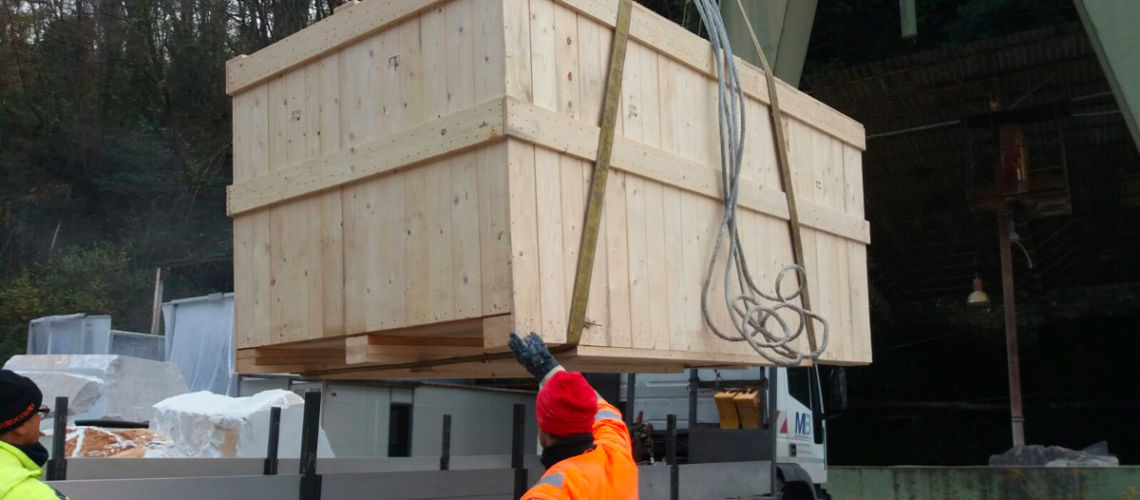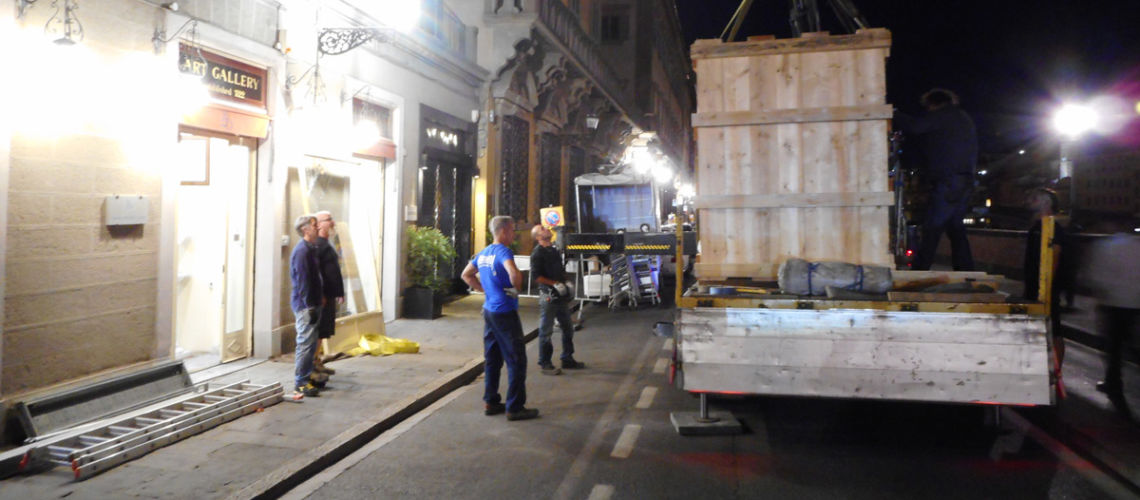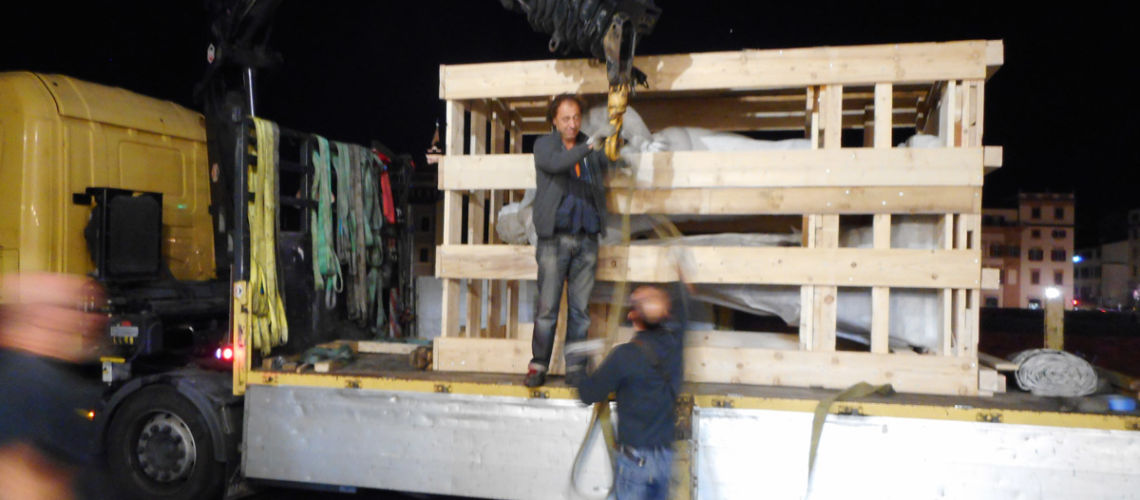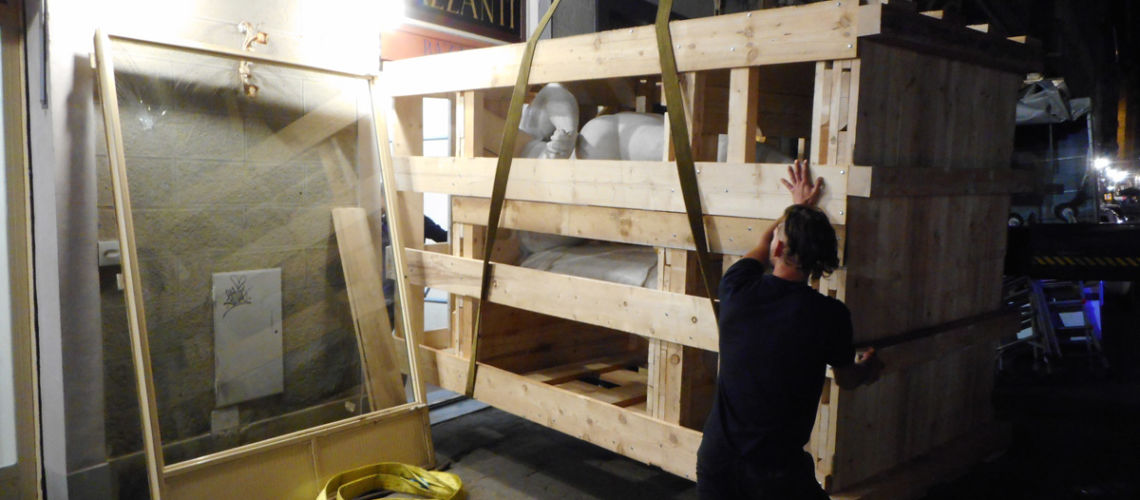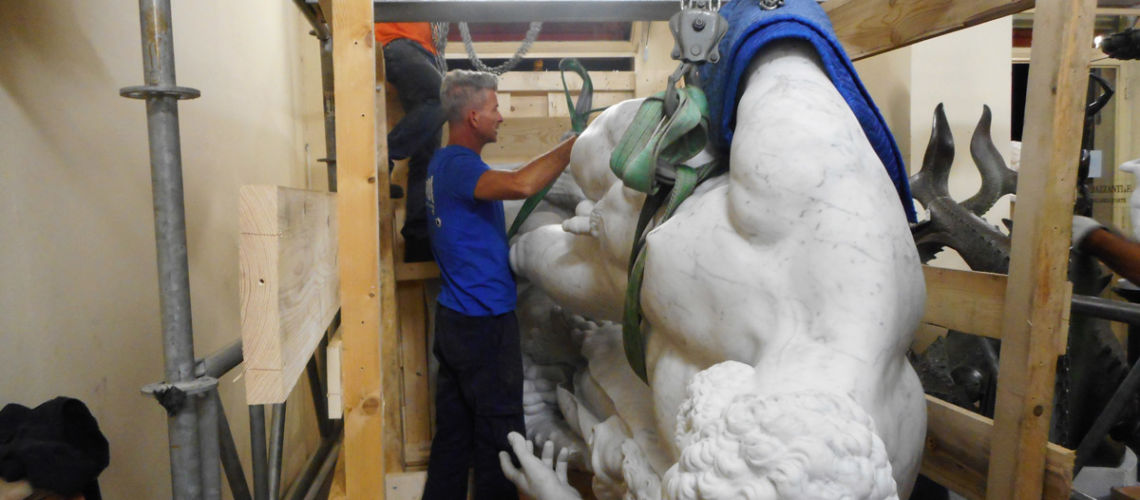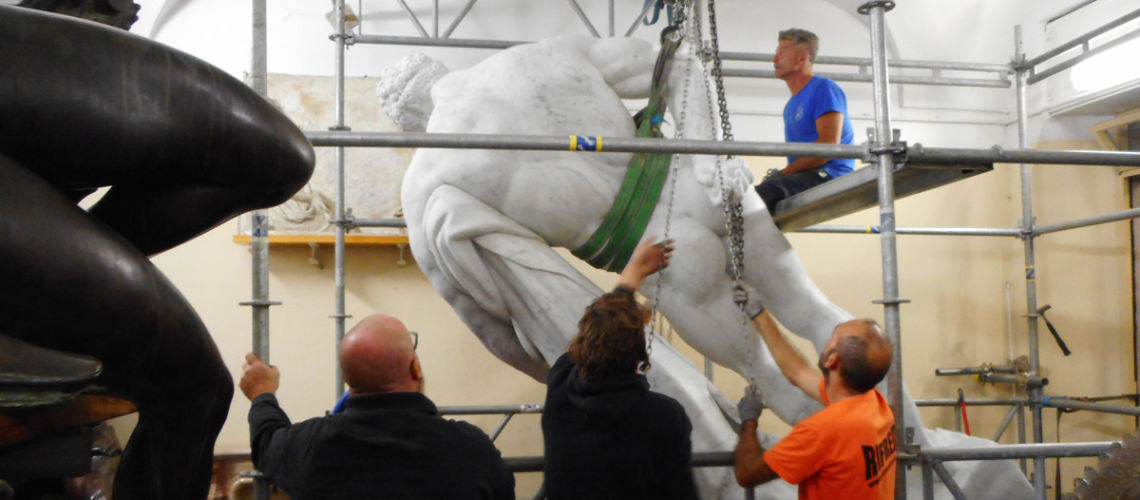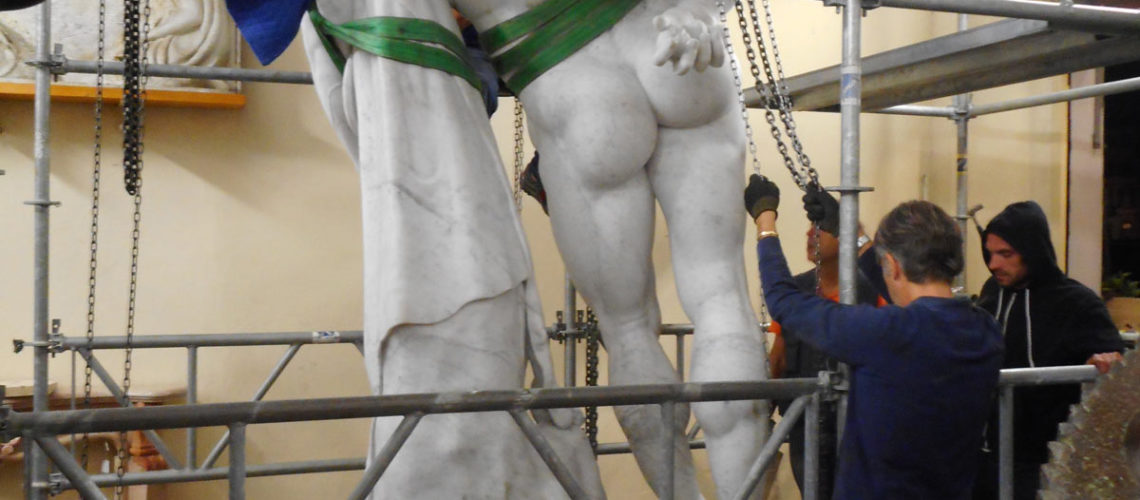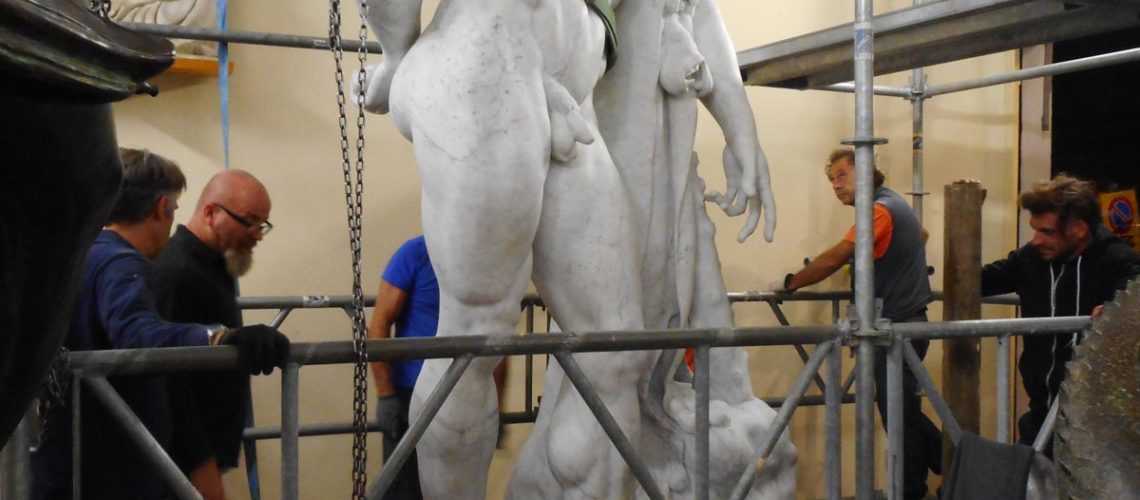Fountain of the Tritons in Malta - Part I
History
The fountain of the Tritons is considered by the Maltese as the symbol of the City of Valletta and of the entire island.
It was modeled in the 50’s by the Maltese sculptor Vincent Apap, and the hydraulic system was designed by his aide Victor Anastasi.
The lost wax casting of the Tritons and the upper basin was entrusted to the Laganà foundry of Naples, which completed the assembling on the Travertino’s base in 1959.
A wooden base was then installed on the basin to turn it into a stage on which to host shows, including, in 1978, a motorbike race that caused the breaking and semi-collapse of the basin and of the Tritons.
The fountain remained broken and inoperative until 1986, the year in which attempts were made to remedy the severe damage by applying a central pillar under the basin, modeled by the sculptor Vincent Apap himself and cast with lost wax method. An attempt was made also to straighten the basin again and to re-weld the broken arms of the Tritons in the wrong positions.
To try to bring the basin back to the level, cement pads were applied between the hands of the Tritons and the basin.
The intervention was carried out by the Malta DryDocks mechanical-naval workshops, but the functioning of the fountain remained compromised.
The restoration
As part of the urban redevelopment of the entire “Triton Square”, the Government of Malta has requested a study on the possibility of a complete restoration of the fountain located in the center of the square.
For the restoration of bronze sculptures, the Fonderia Artistica Ferdinando Marinelli of Florence was called, and in August and September 2016 various meetings were held with technicians and representatives of the Maltese Government,
and some technical investigations to detect the damage that the fountain suffered in 1978, with subsequent approximate repairs. The alloy with which they were cast is not bronze, as expected, but brass, a cheaper and more perishable metal than bronze.
Dismantling of the sculptures and sending to the Ferdinando Marinelli Foundry
The possibility of dismantling and transporting the fountain sculptures to the Fonderia Ferdinando Marinelli in Italy was confirmed, for the restoration and repair of damage suffered in the past. The foundry technicians in collaboration with the Maltese Company Swaey Bros Ltd proceeded with the dismantling and to the subsequent expedition of the bronzes to the Foundry. The lower part of each triton was filled in with a cast of cement that blocked the sculptures on the concrete base. Each triton had to be cut into two parts and the lower part freed from the reinforced-concrete floor.
We dismantled first the basin
and then the central supporting trunk.
We proceeded with the cutting in half of each triton
And the subsequent job of detachment from the base of cement base that had to continue without interruption even at night to limit the closure to the traffic of the square.
The arrival of the bronzes at Ferdinando Marinelli Foundry
The dismantled bronzes were transported by sea and by land to the Marinelli Foundry in Barberino val d’Elsa, where they were unloaded.
Chemical investigations of the oxidation and sulphation products of the brass alloy have begun to understand what type of intervention was necessary to block these processes.

